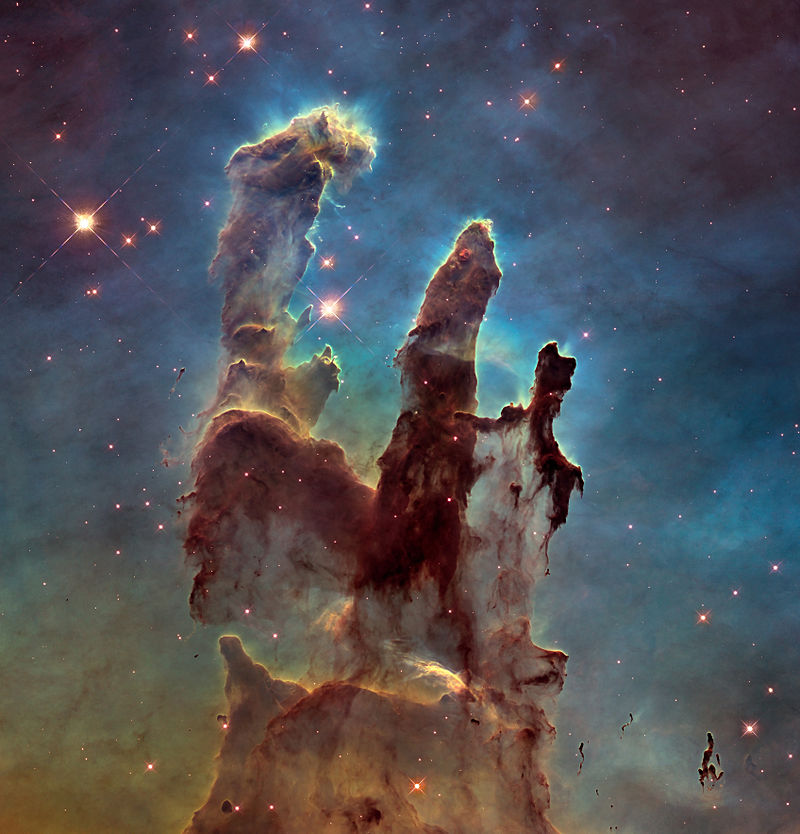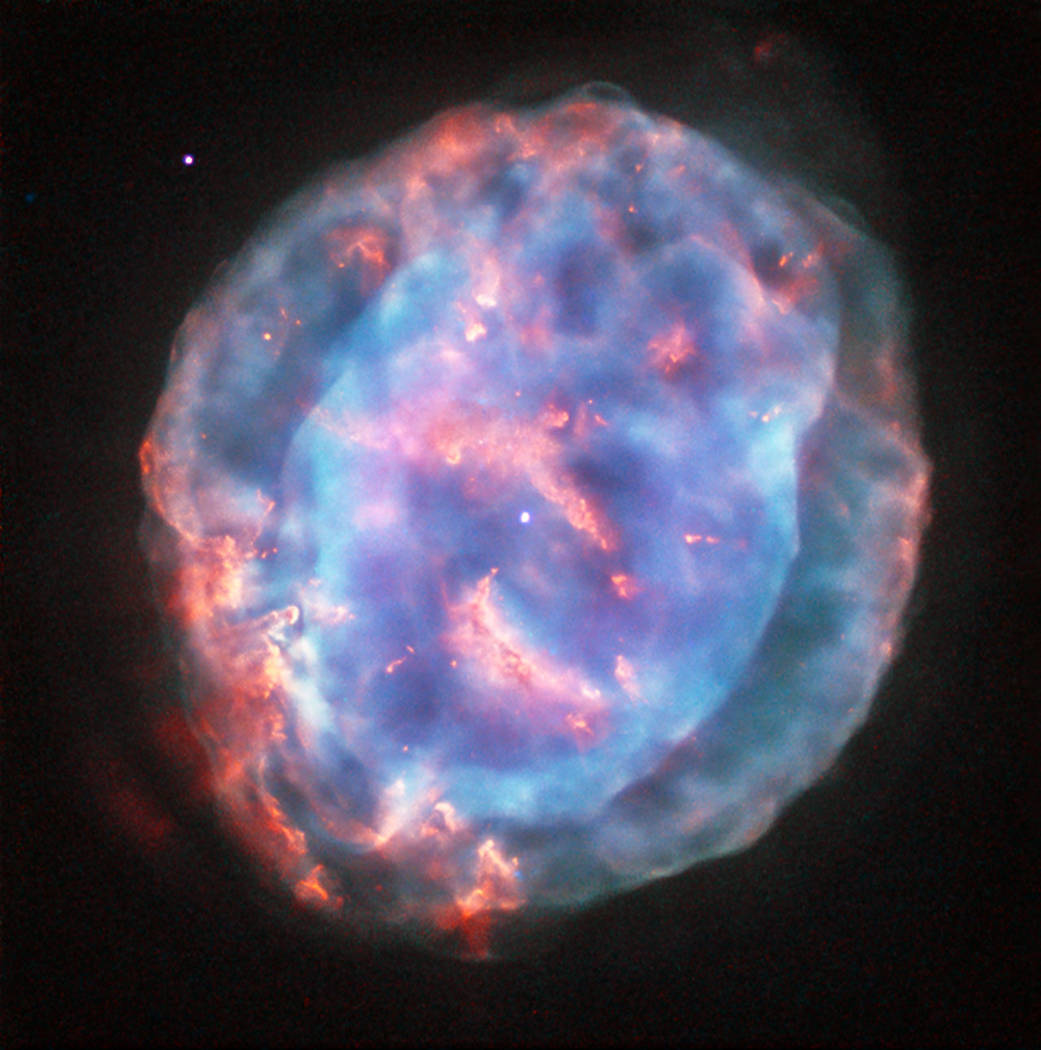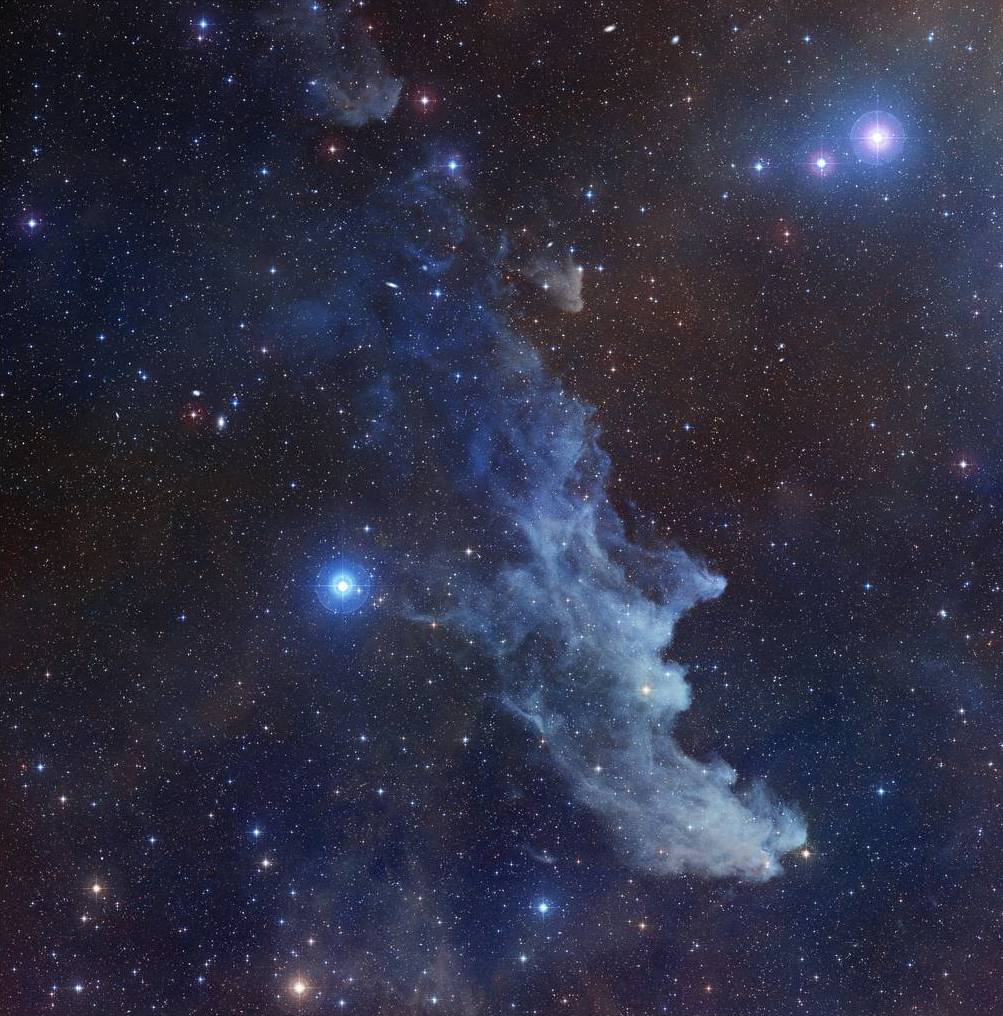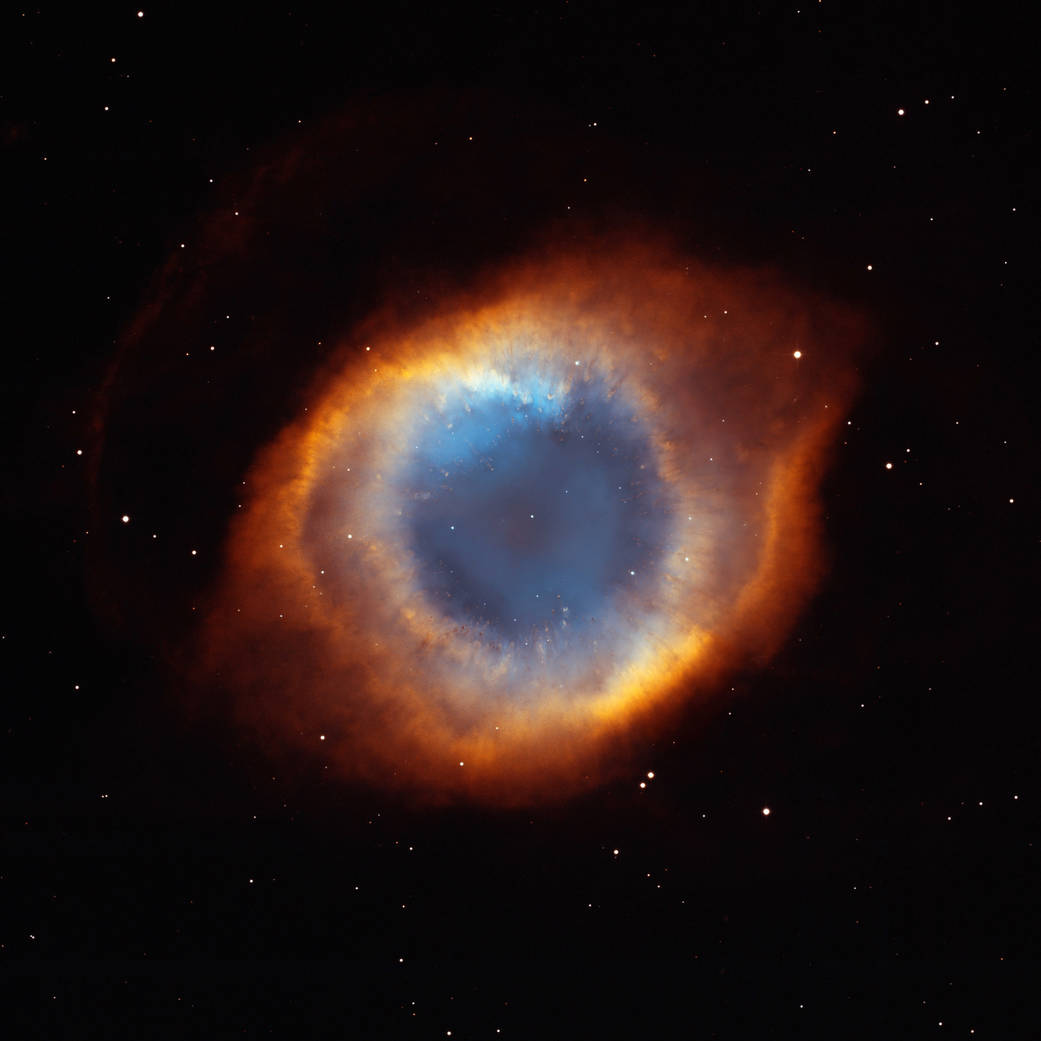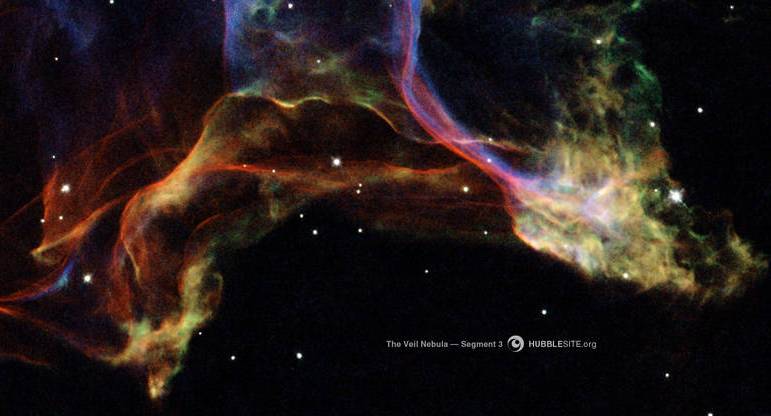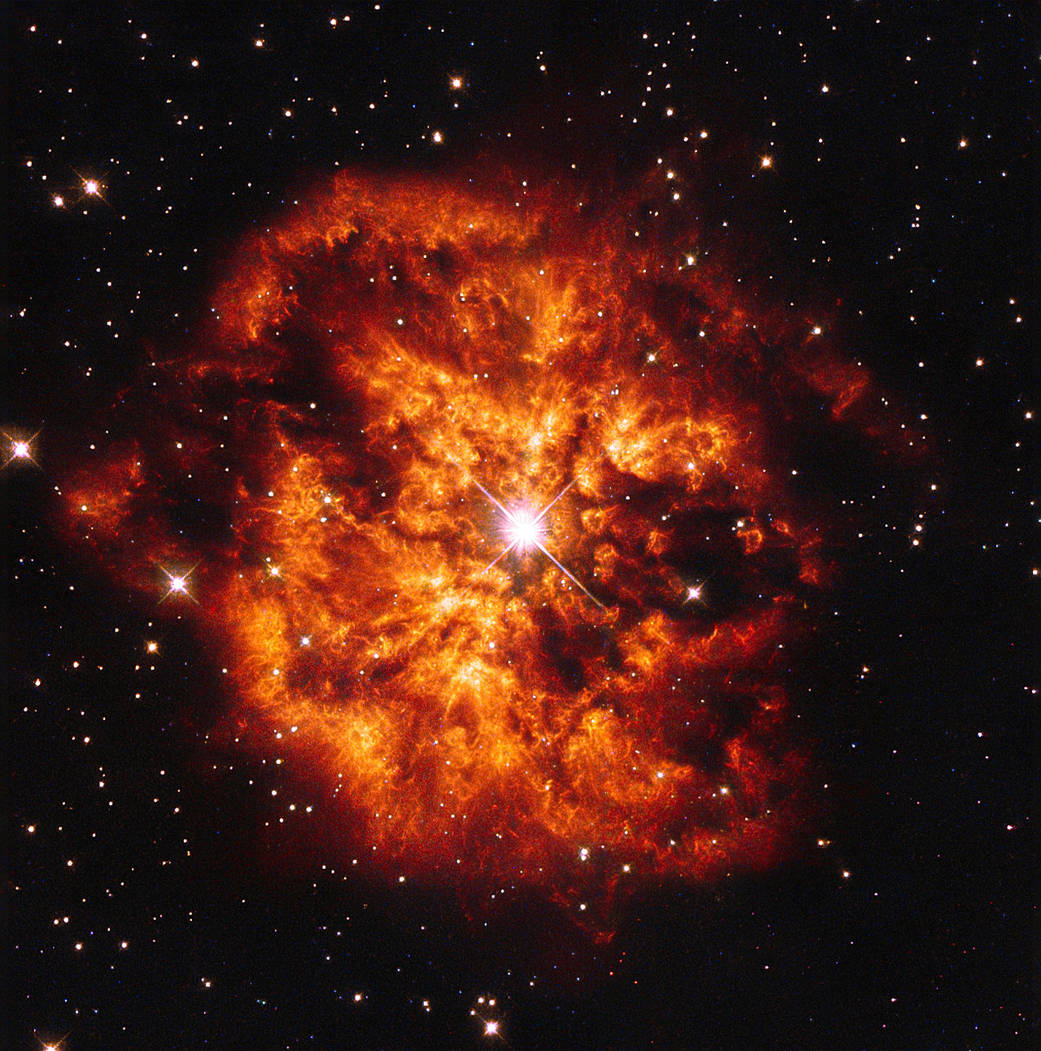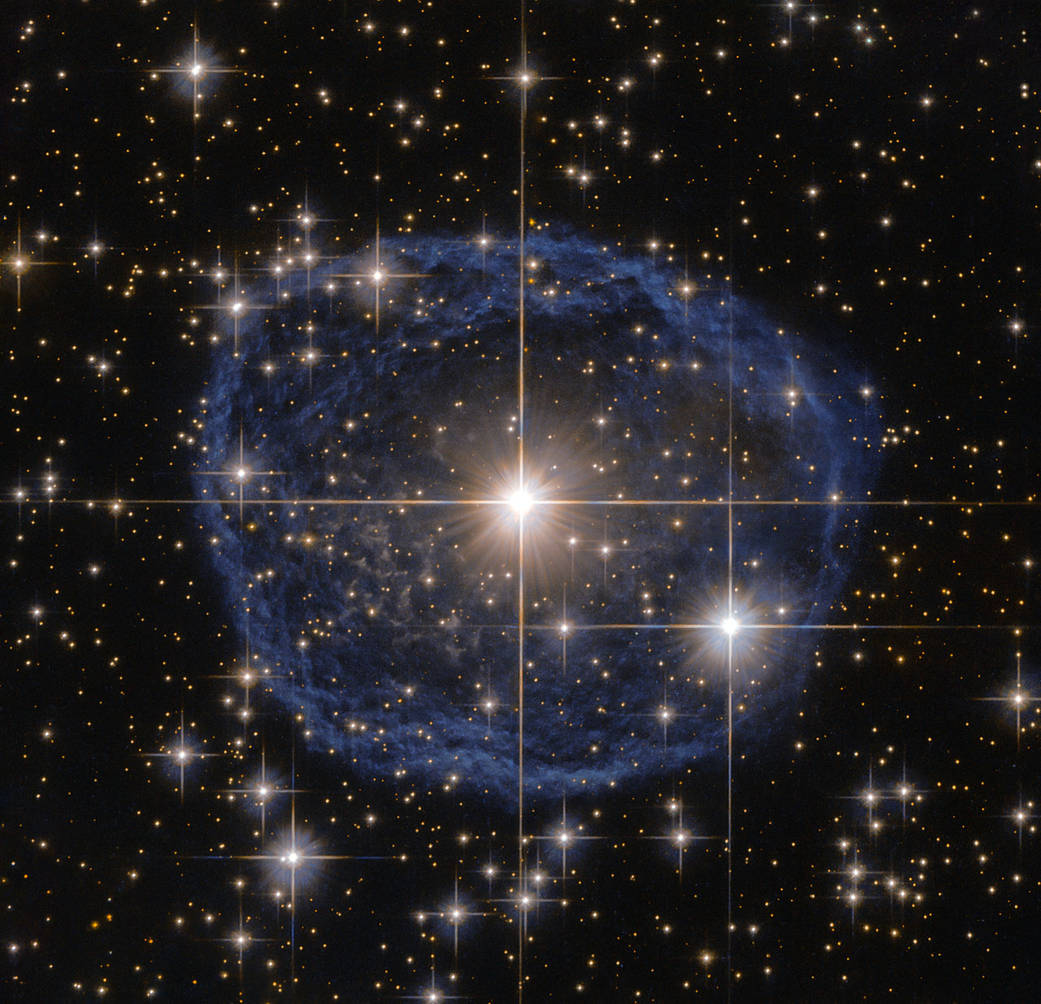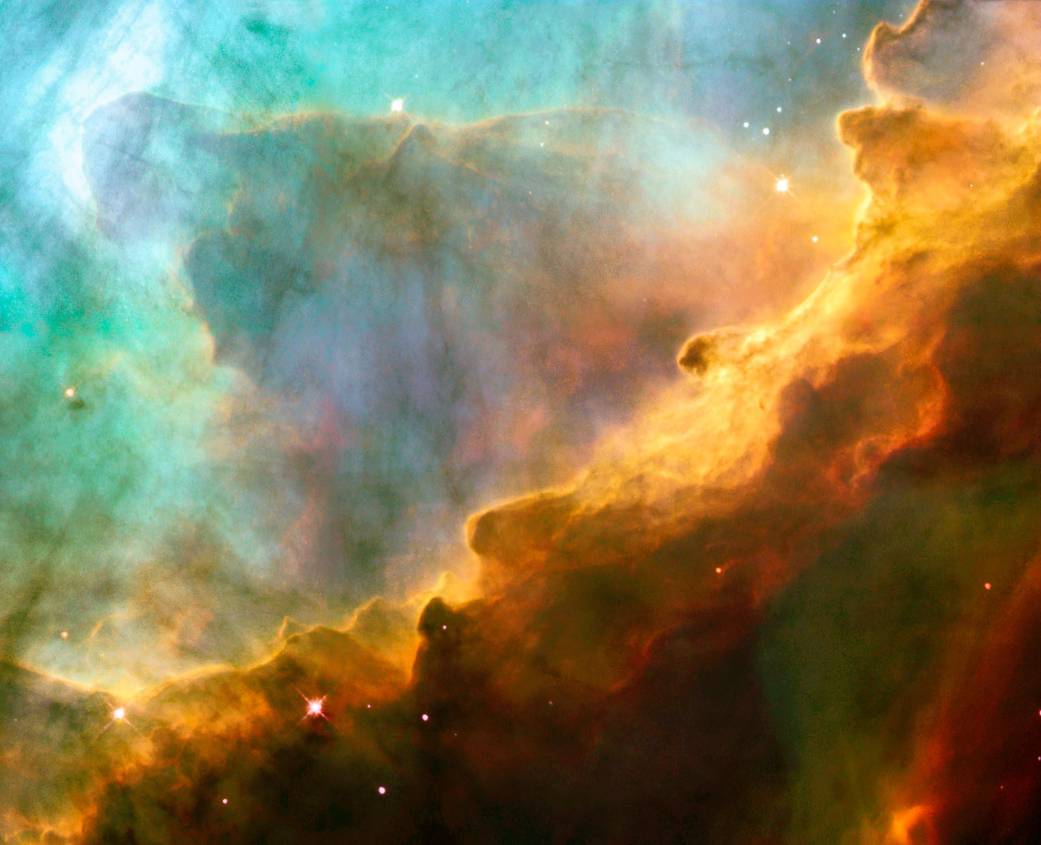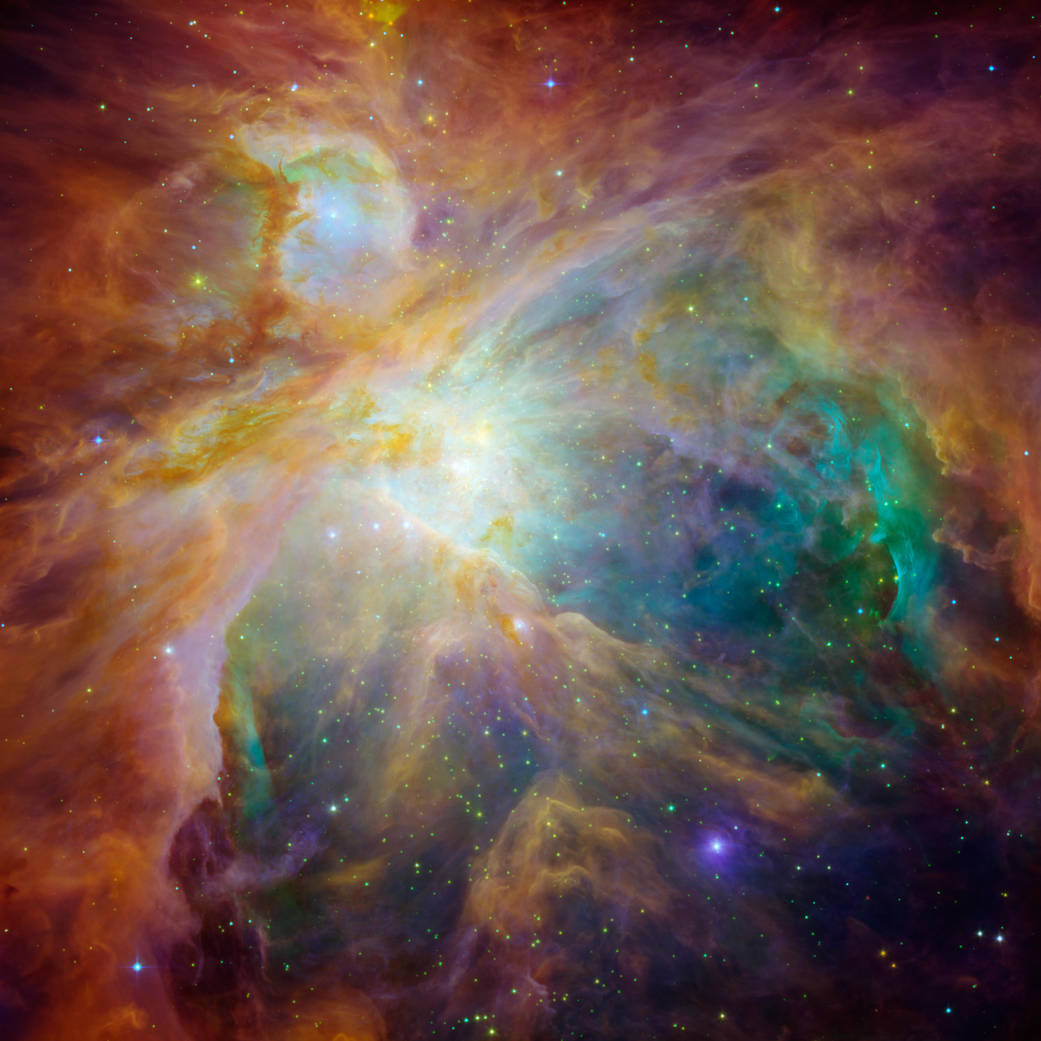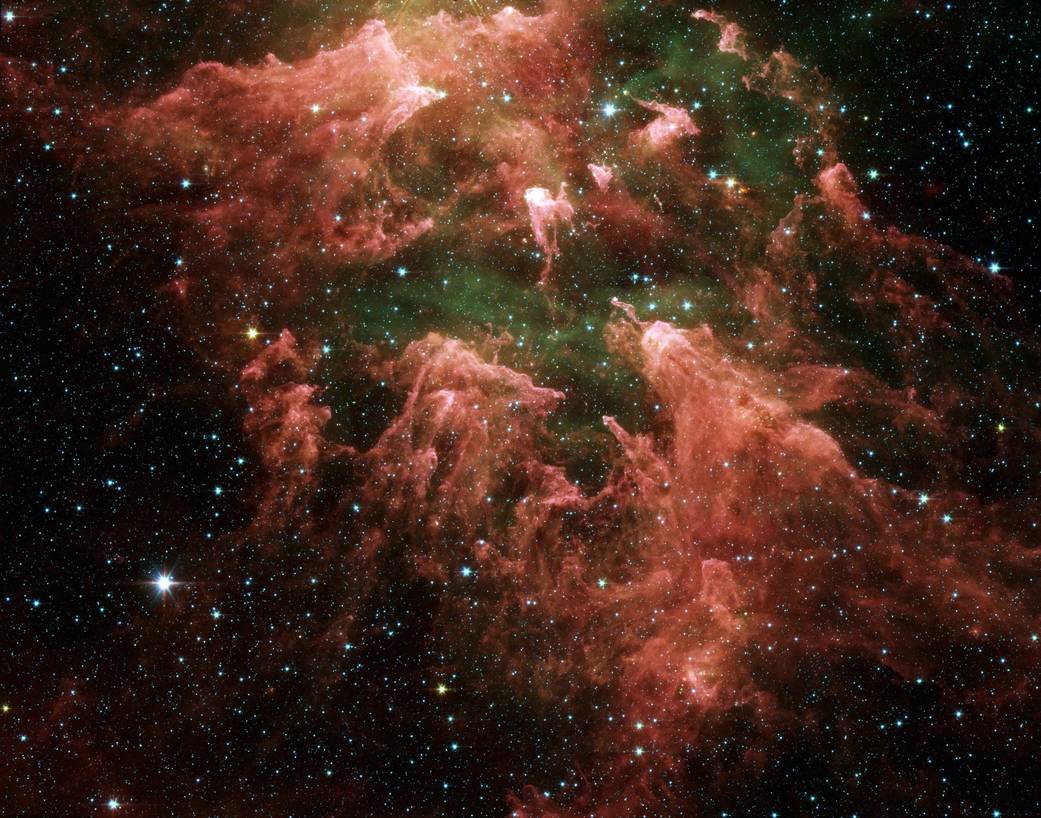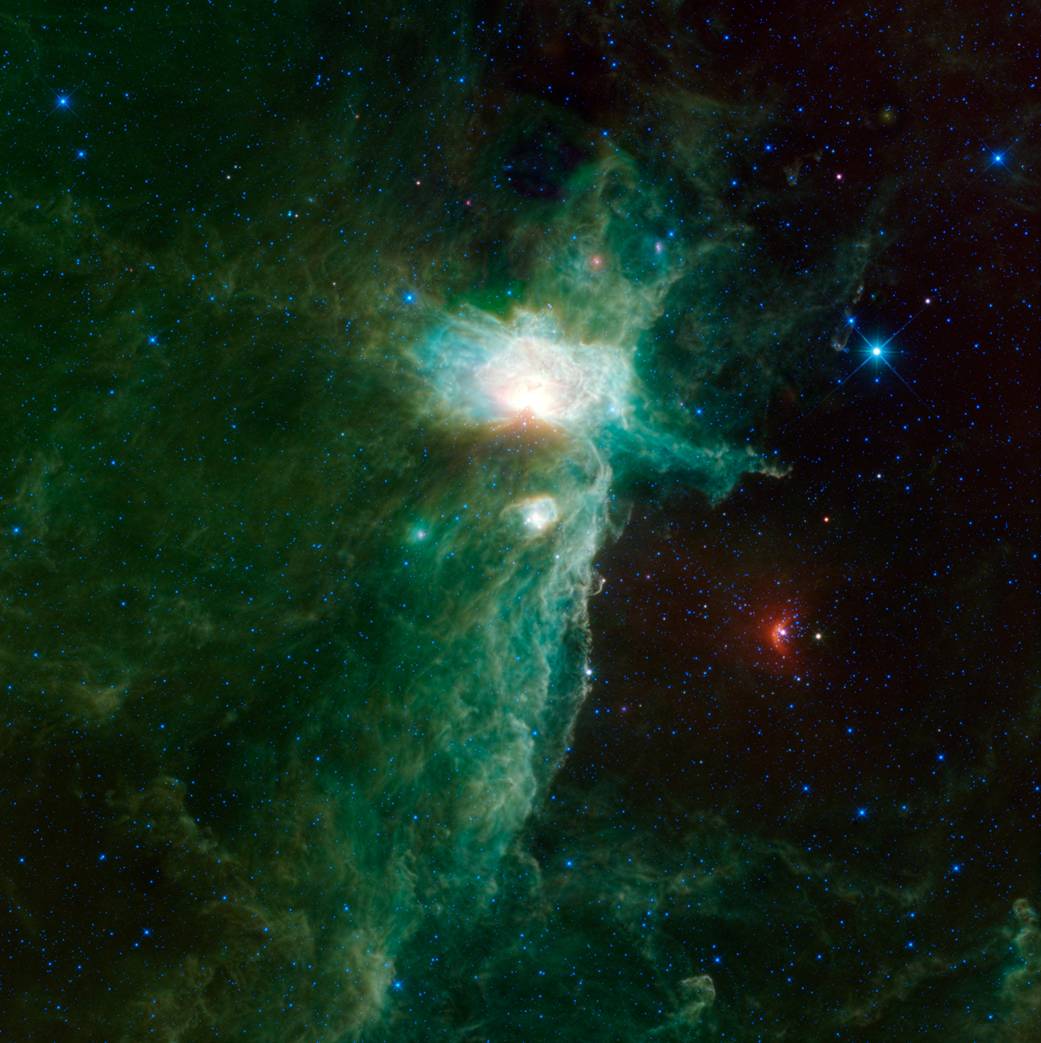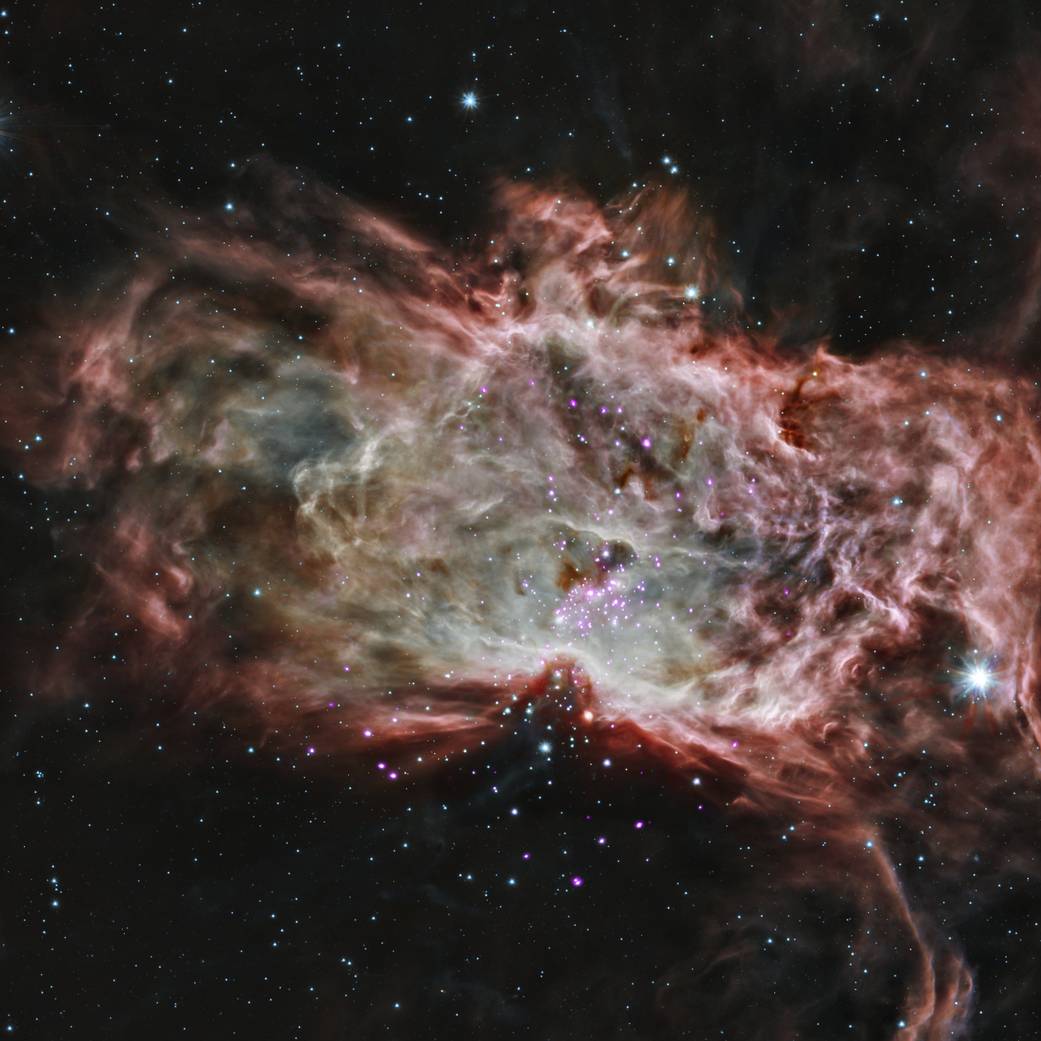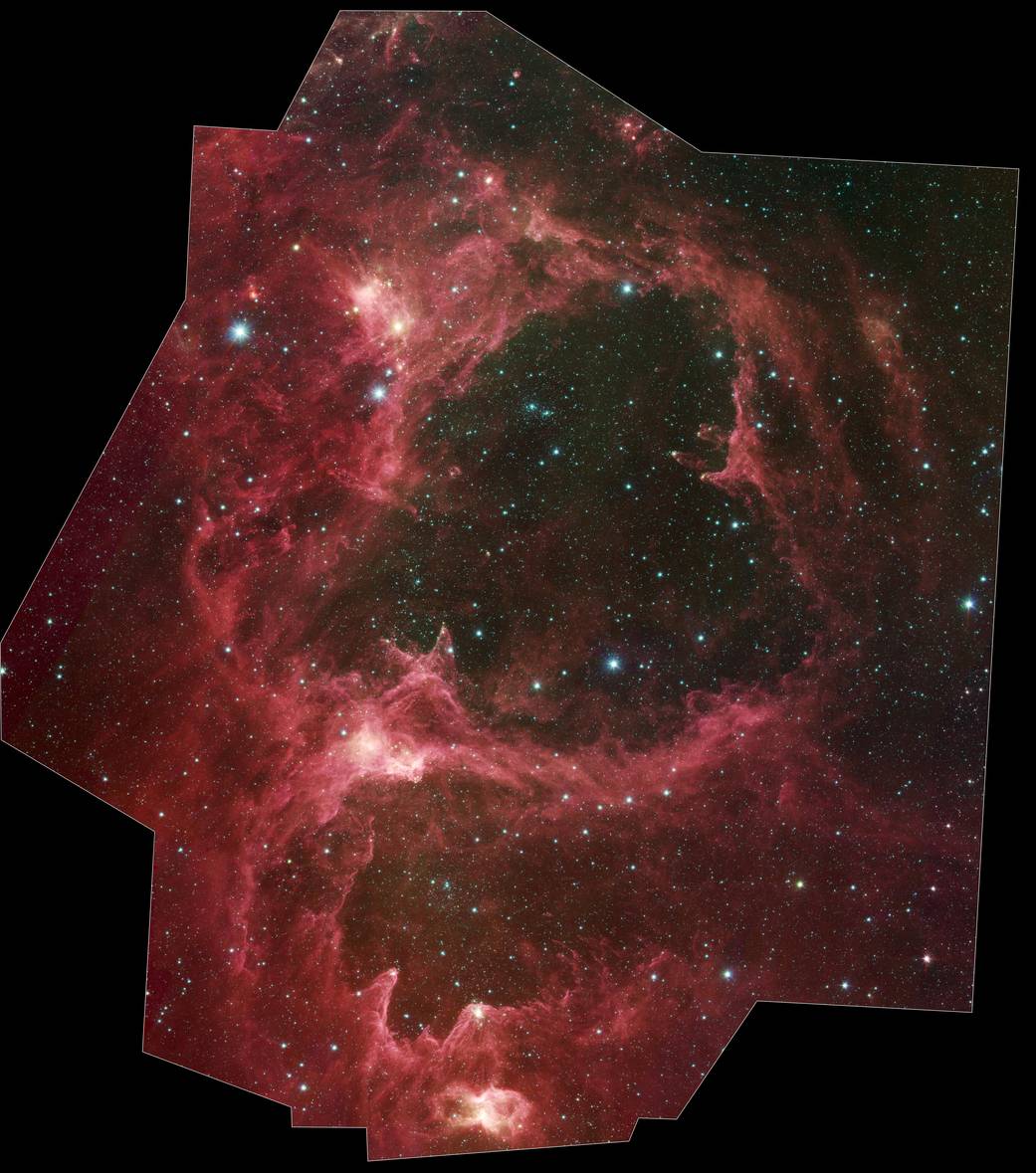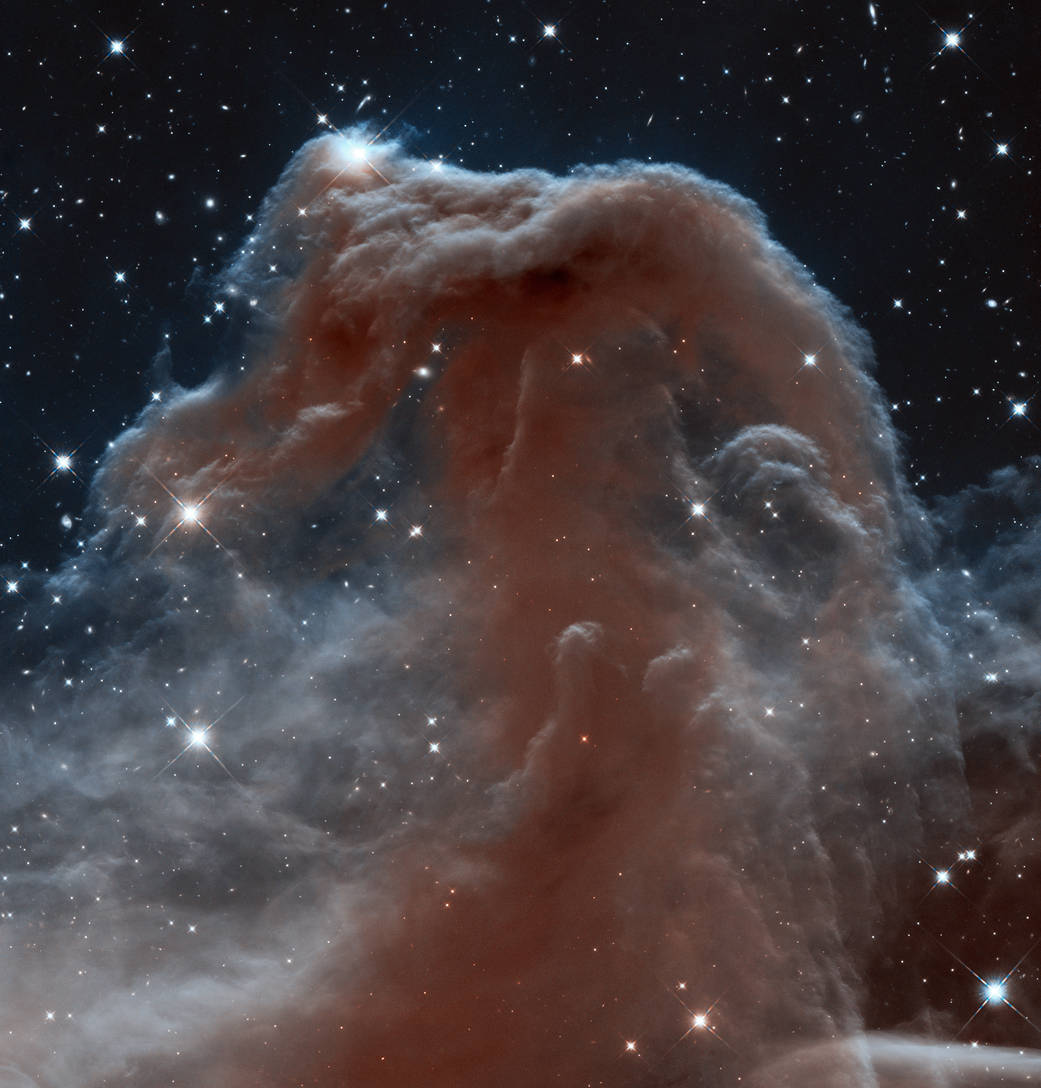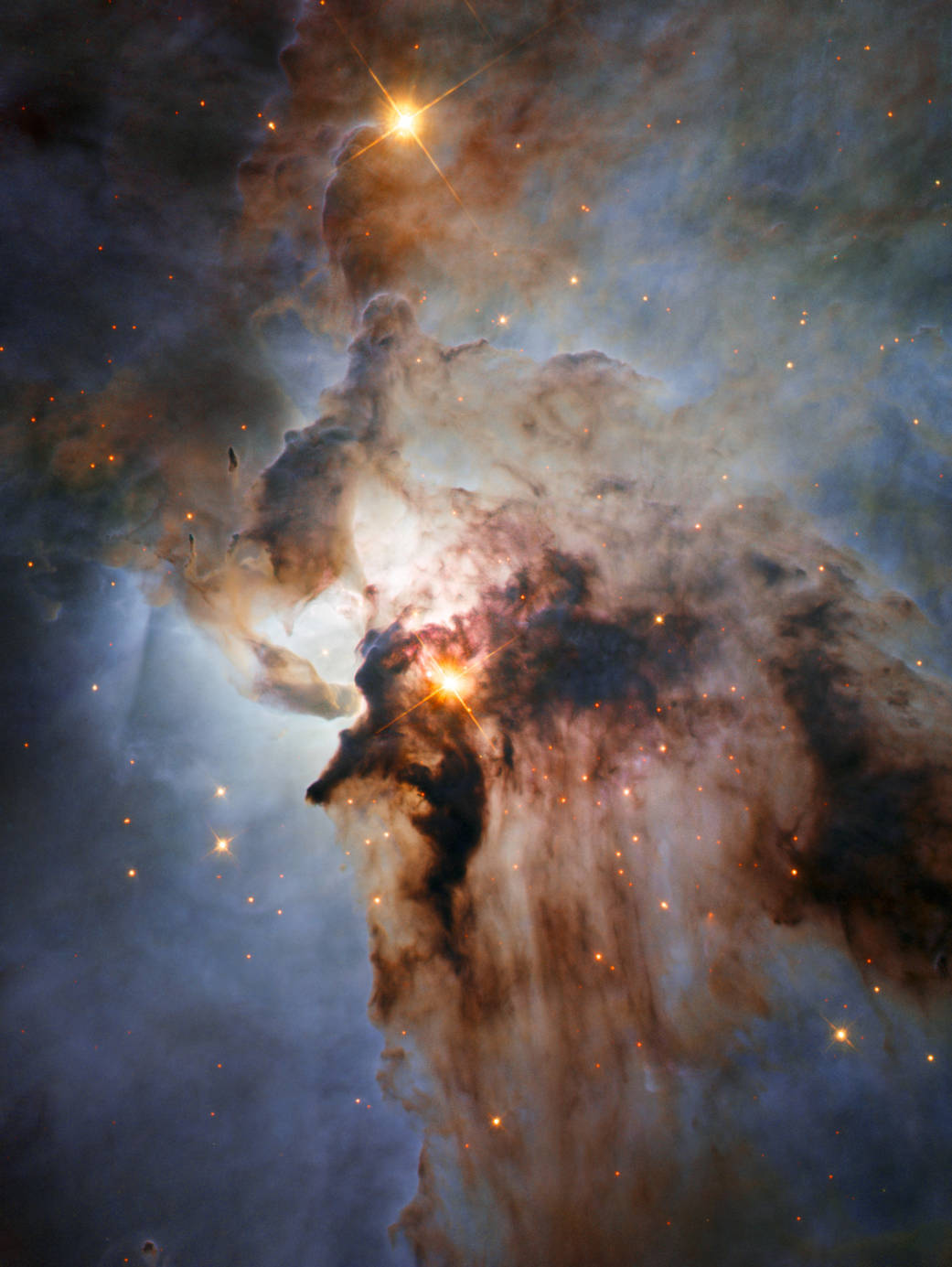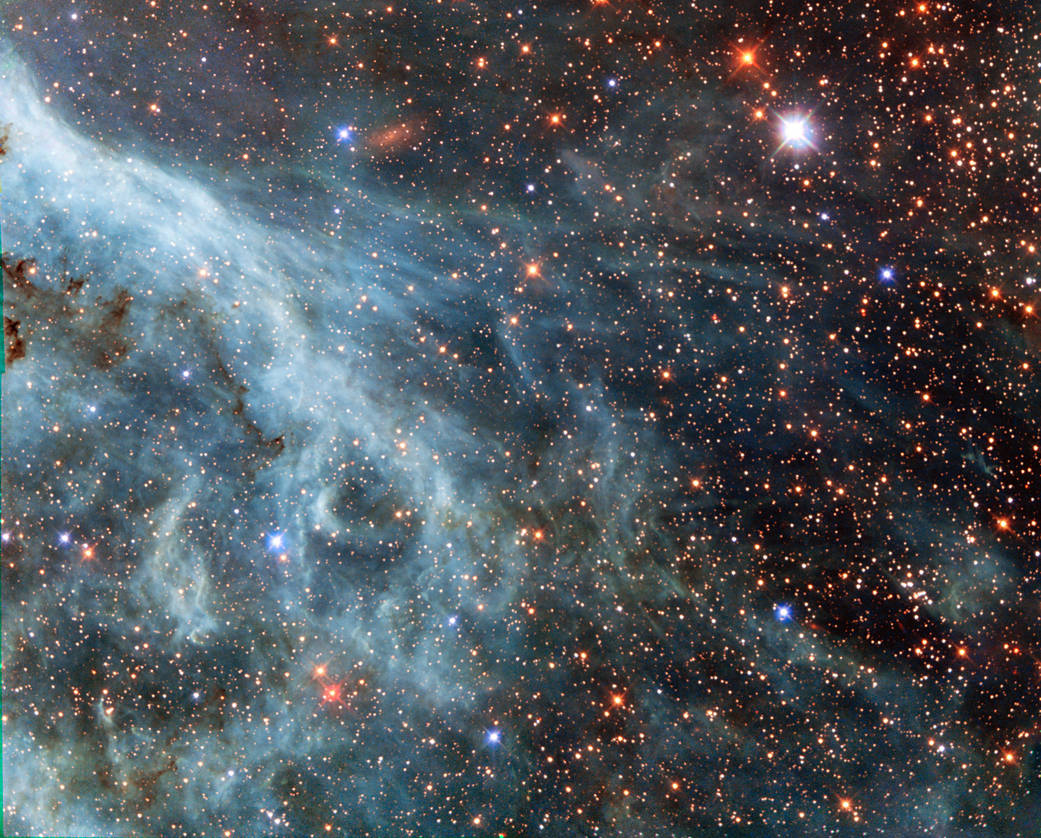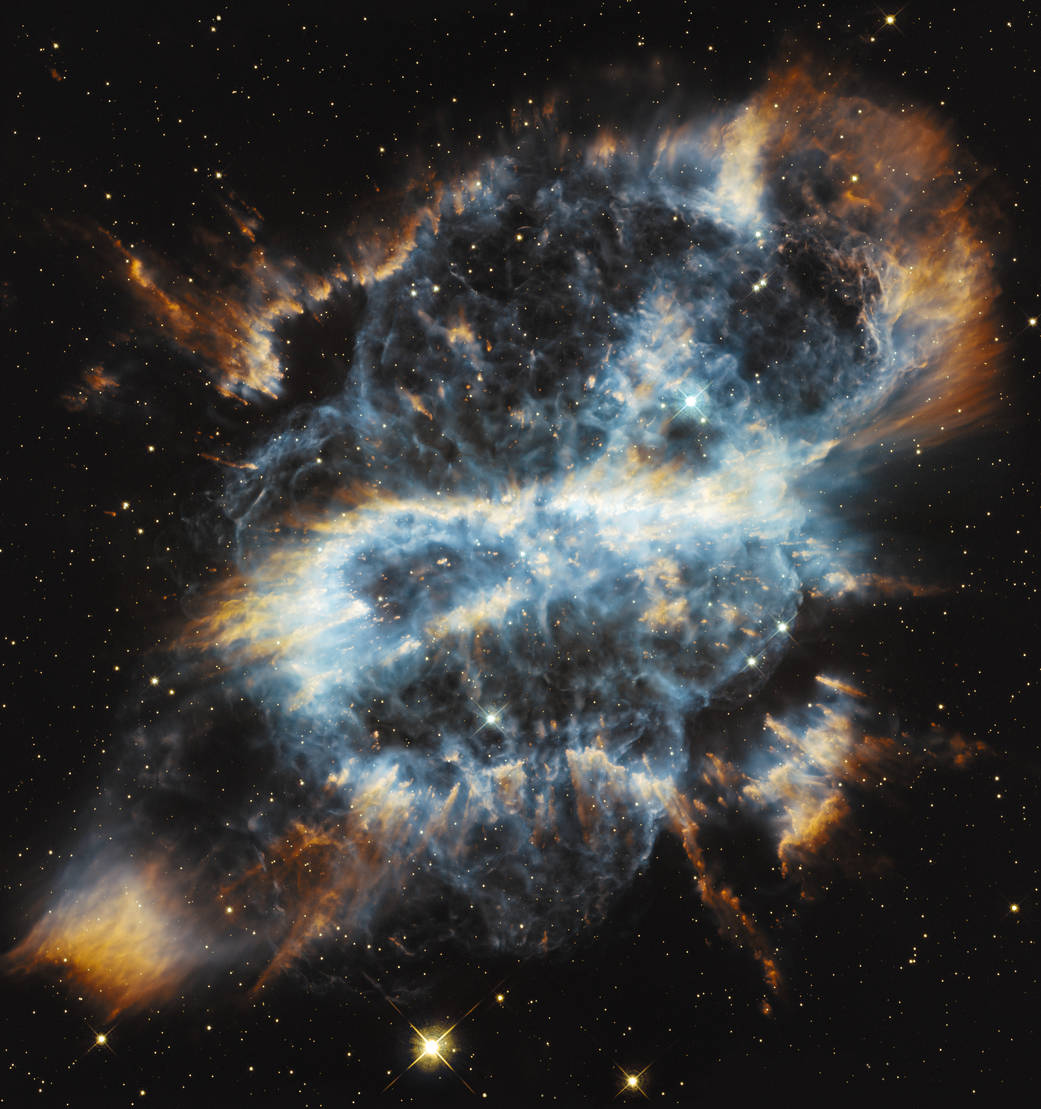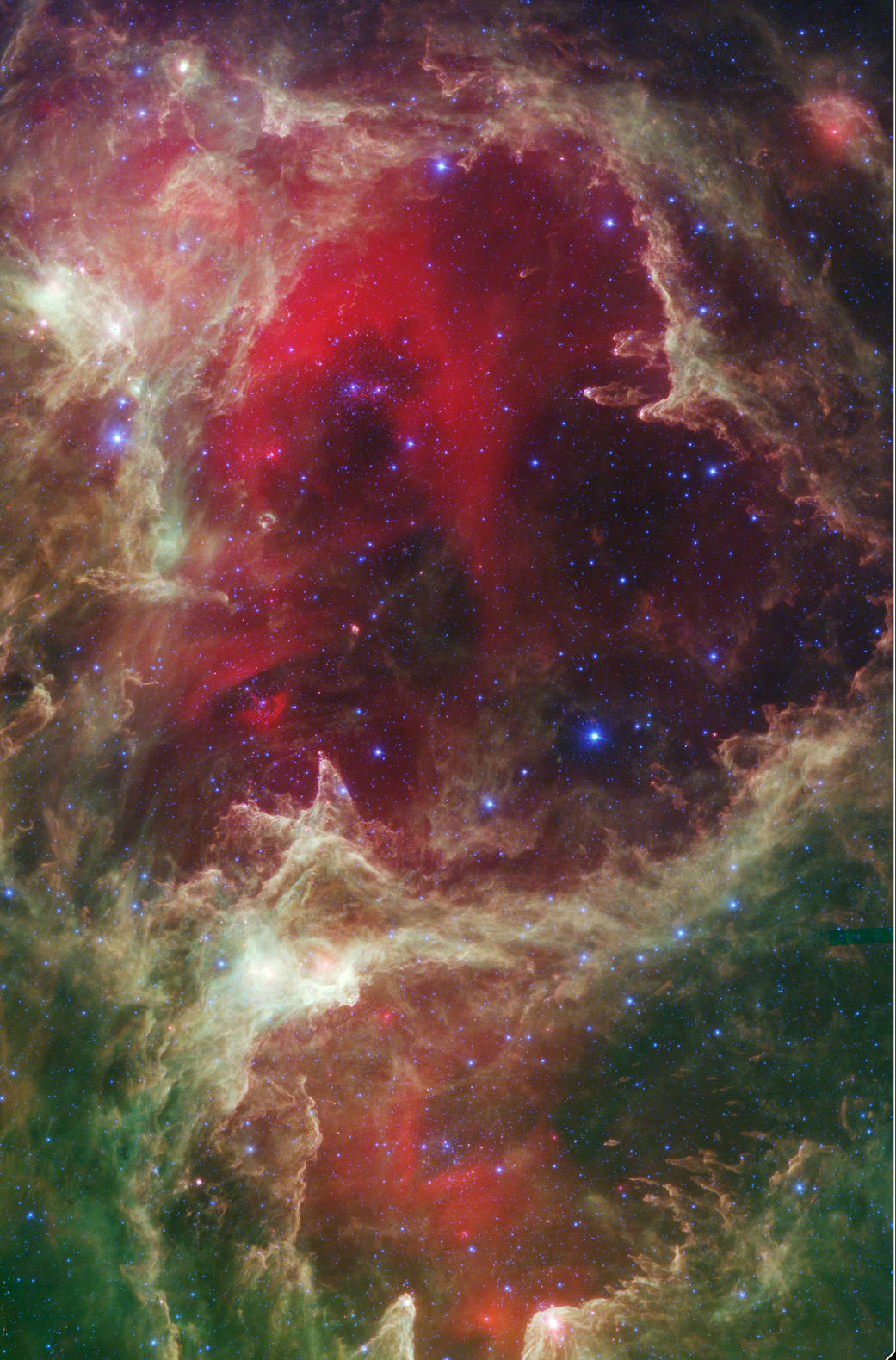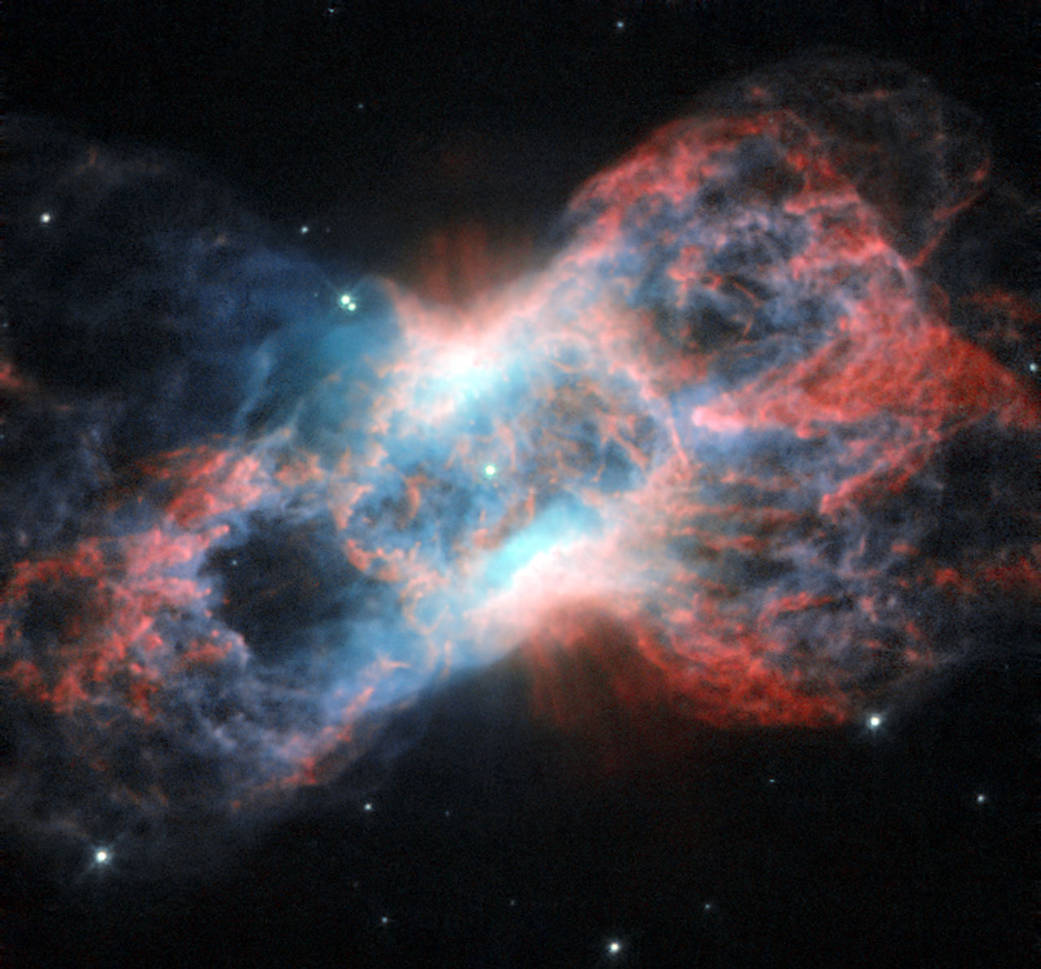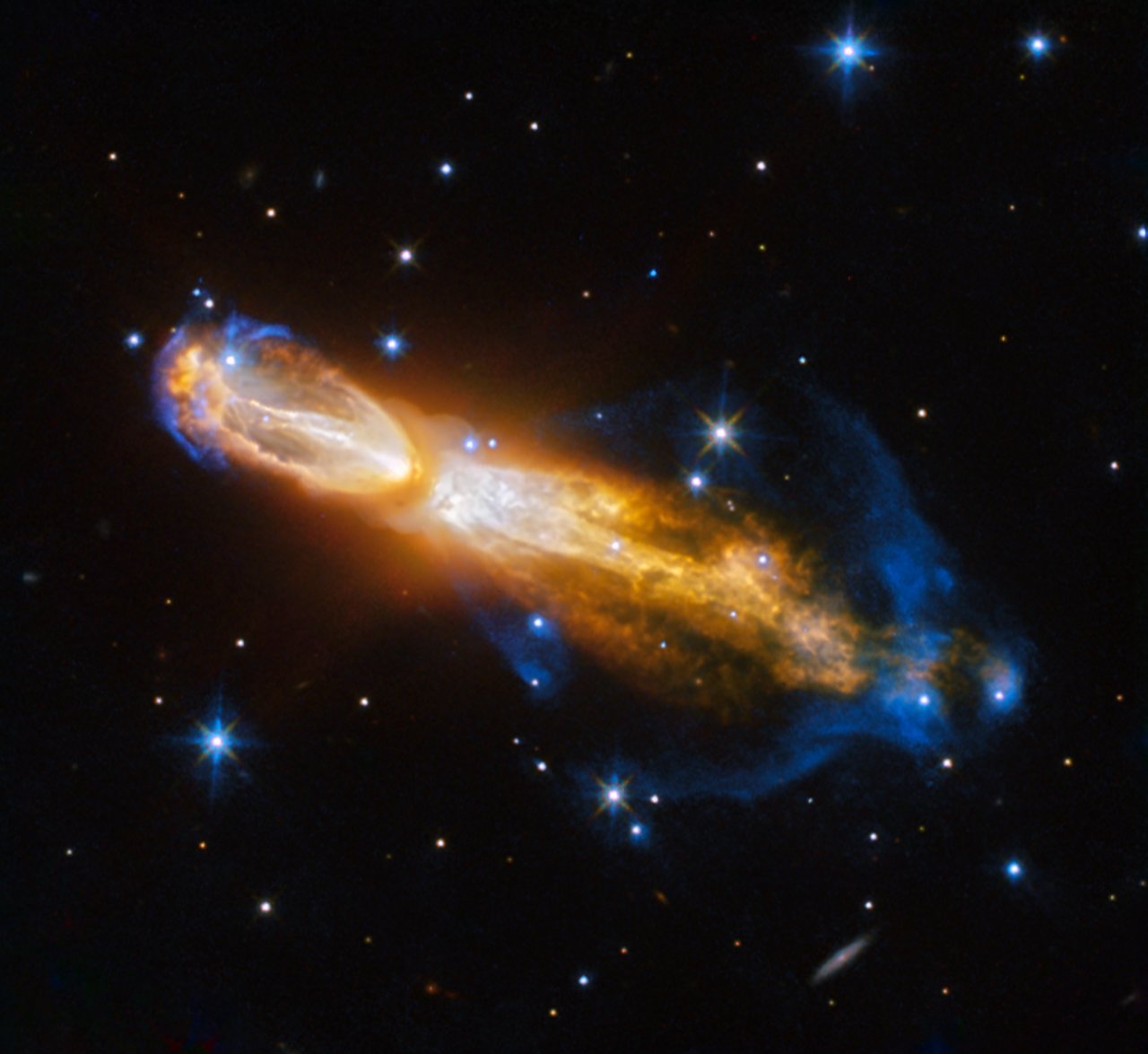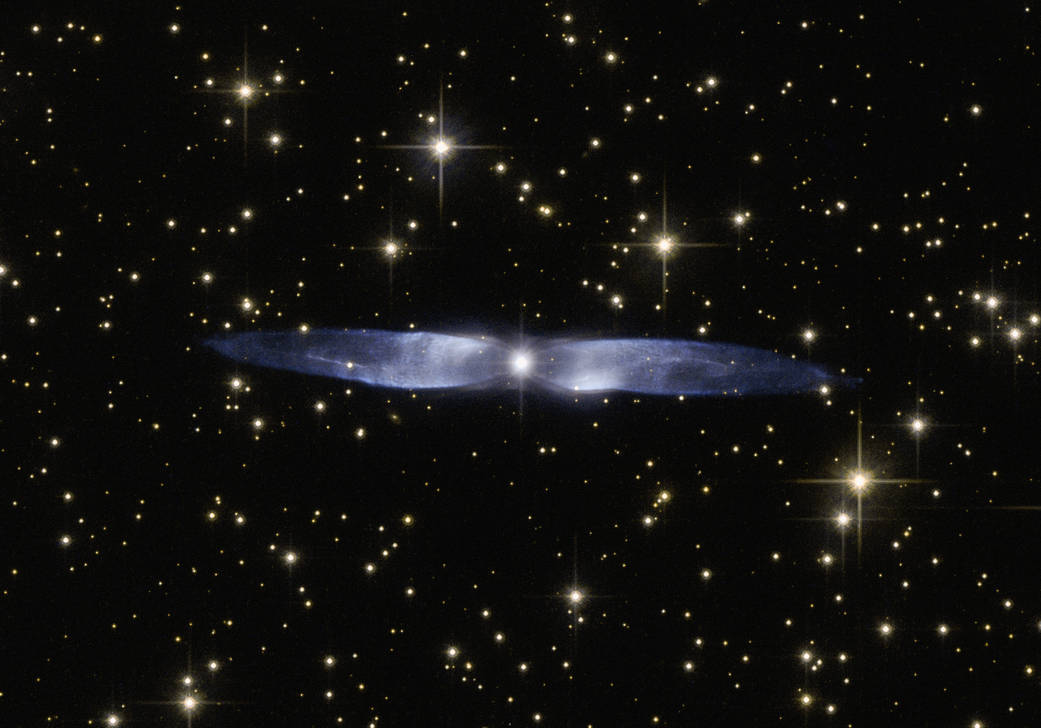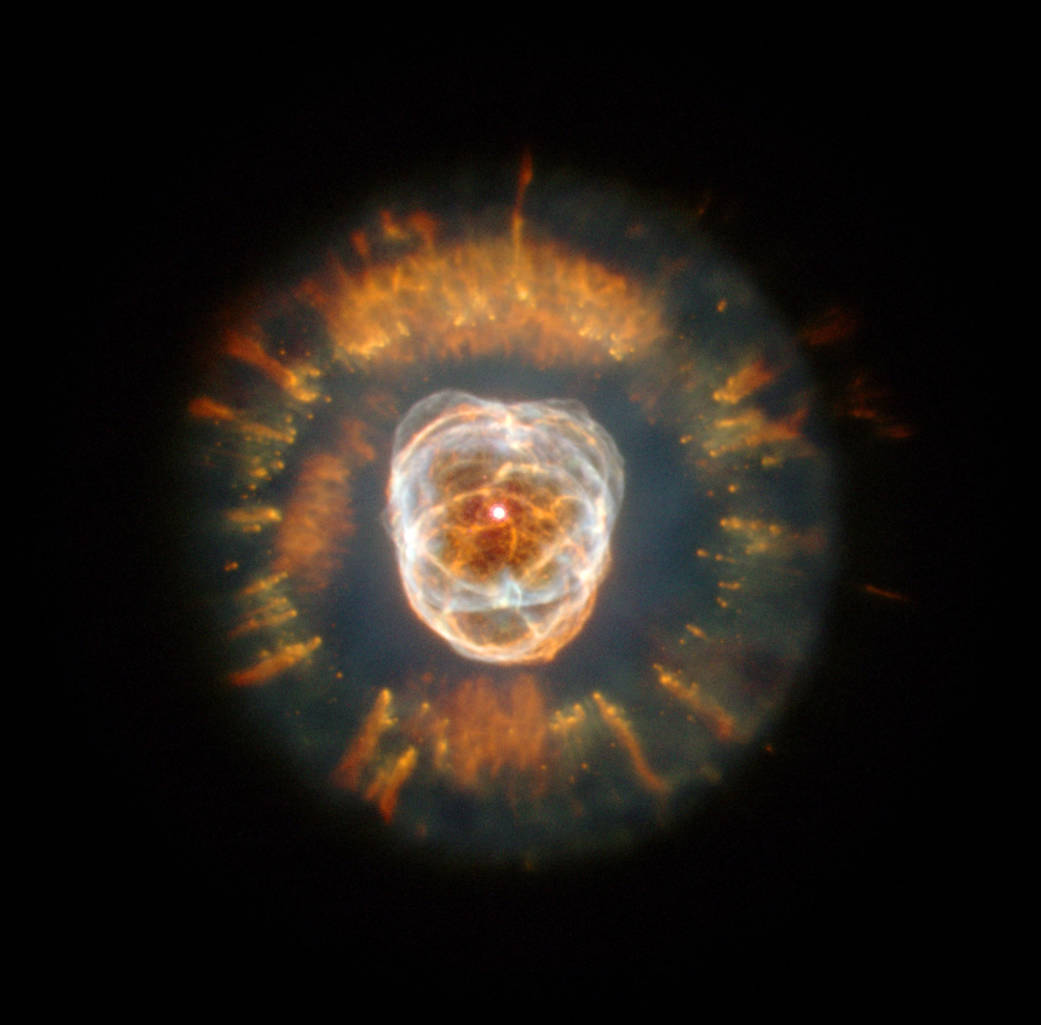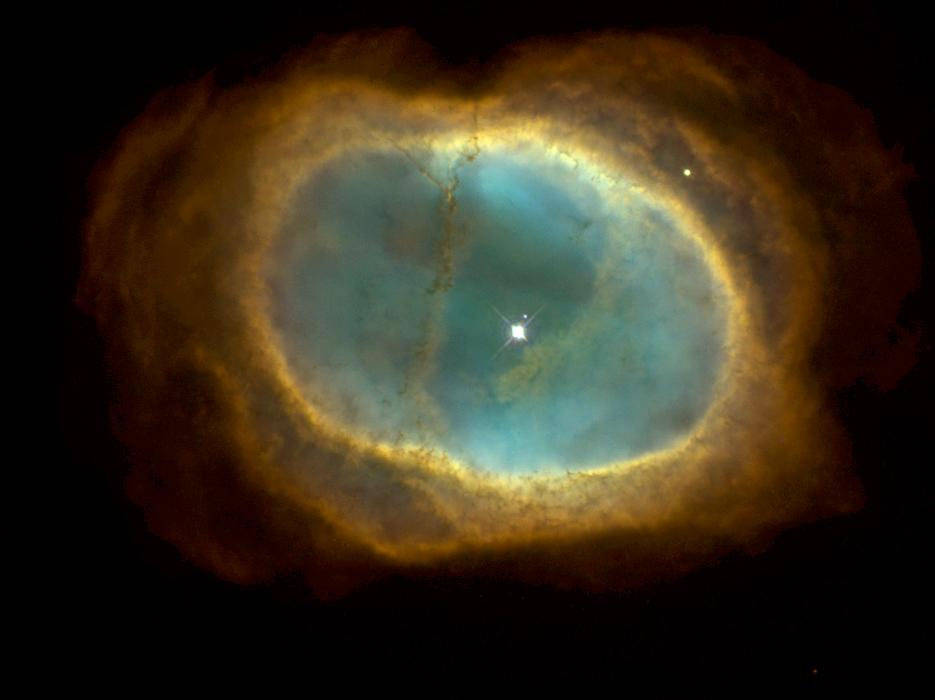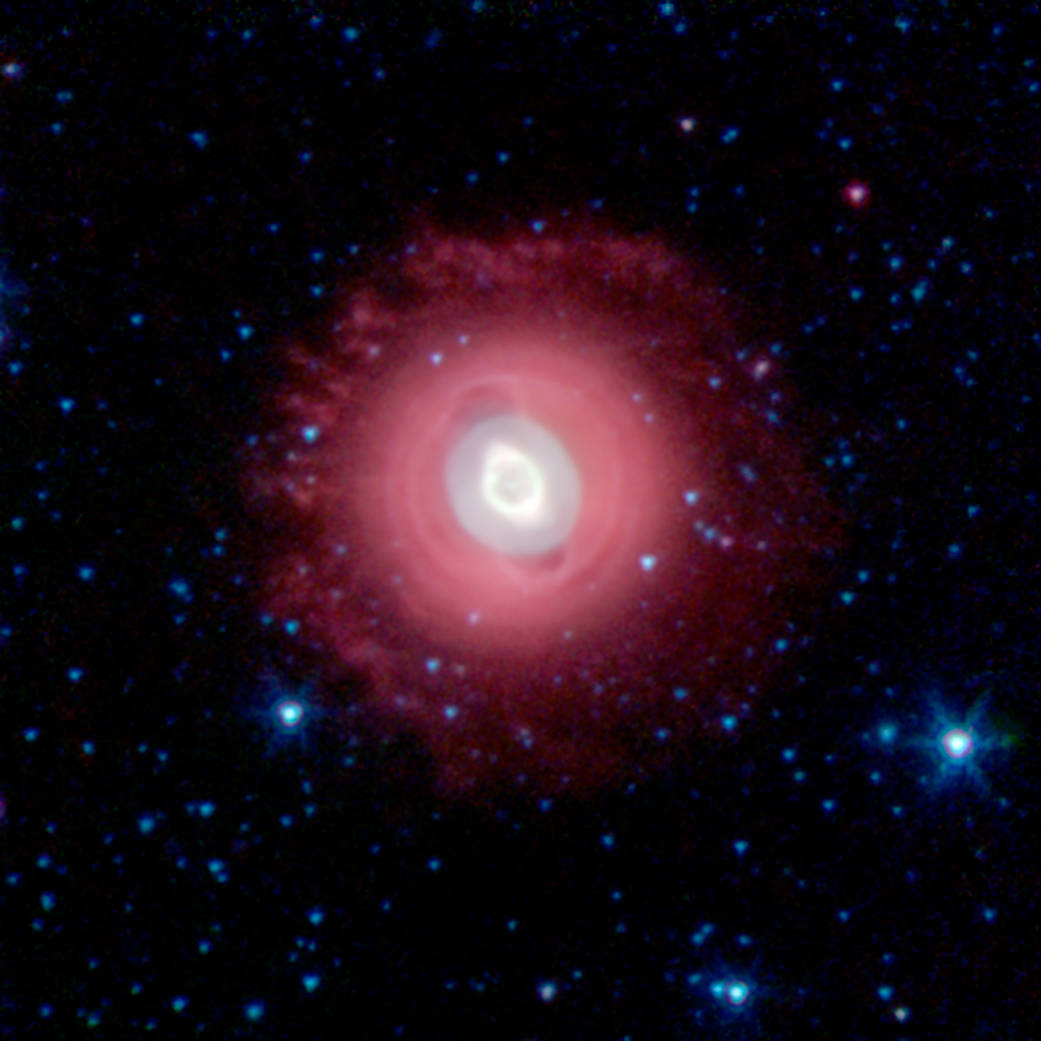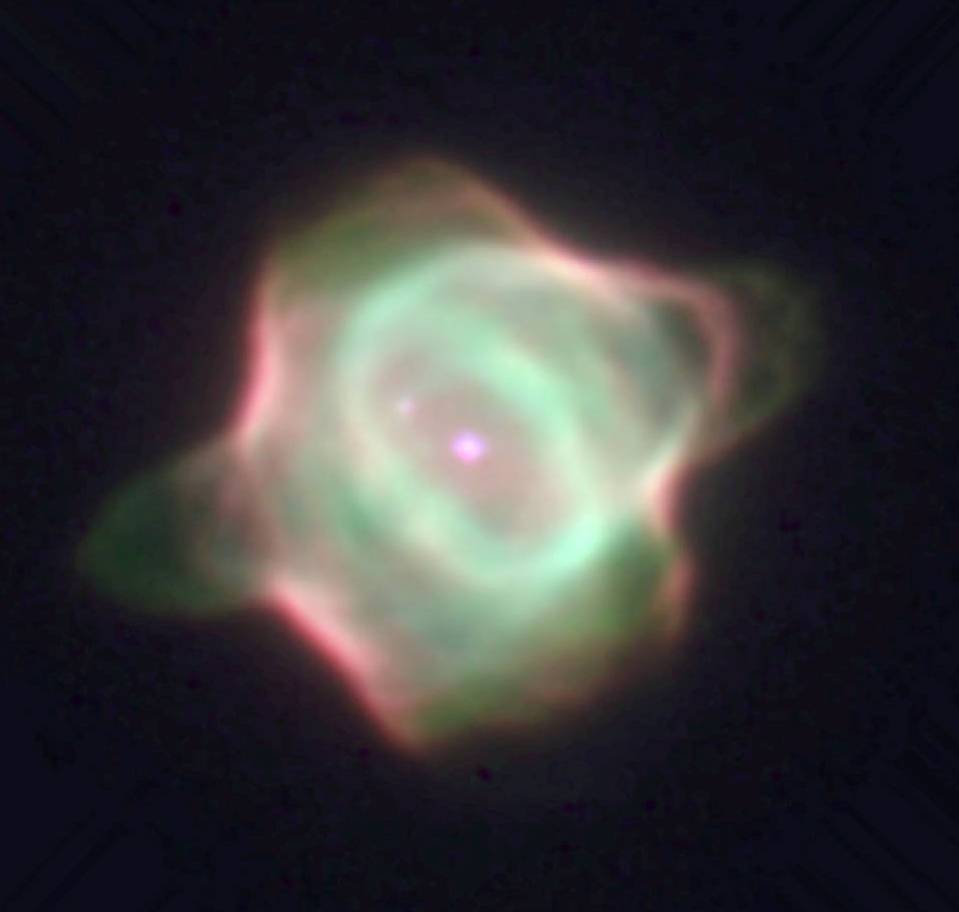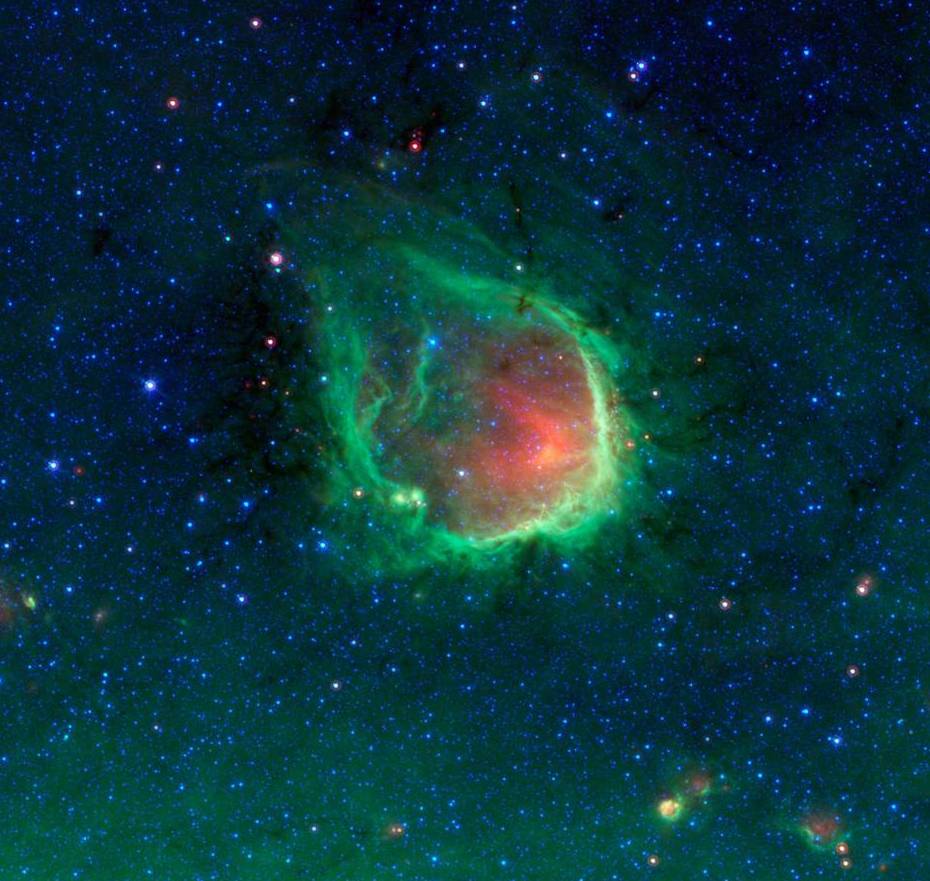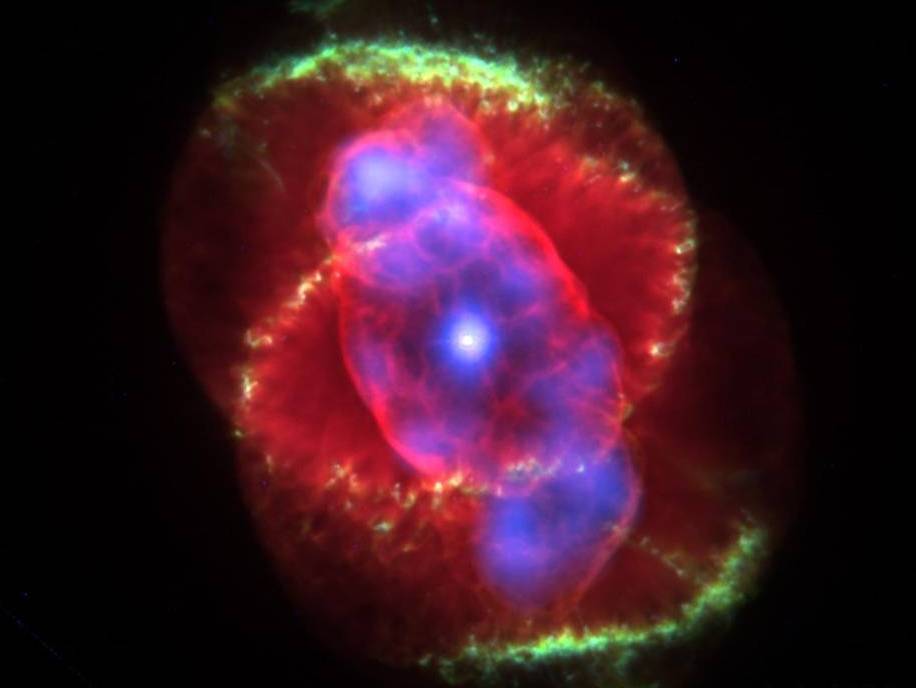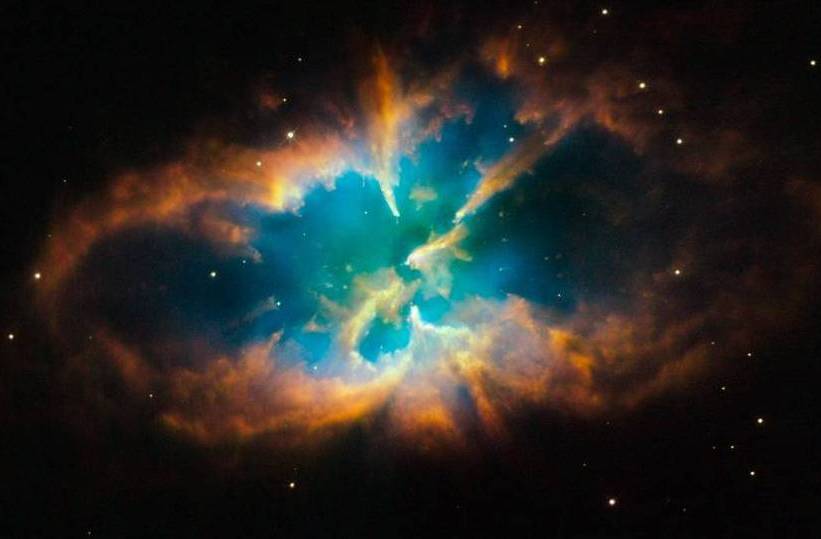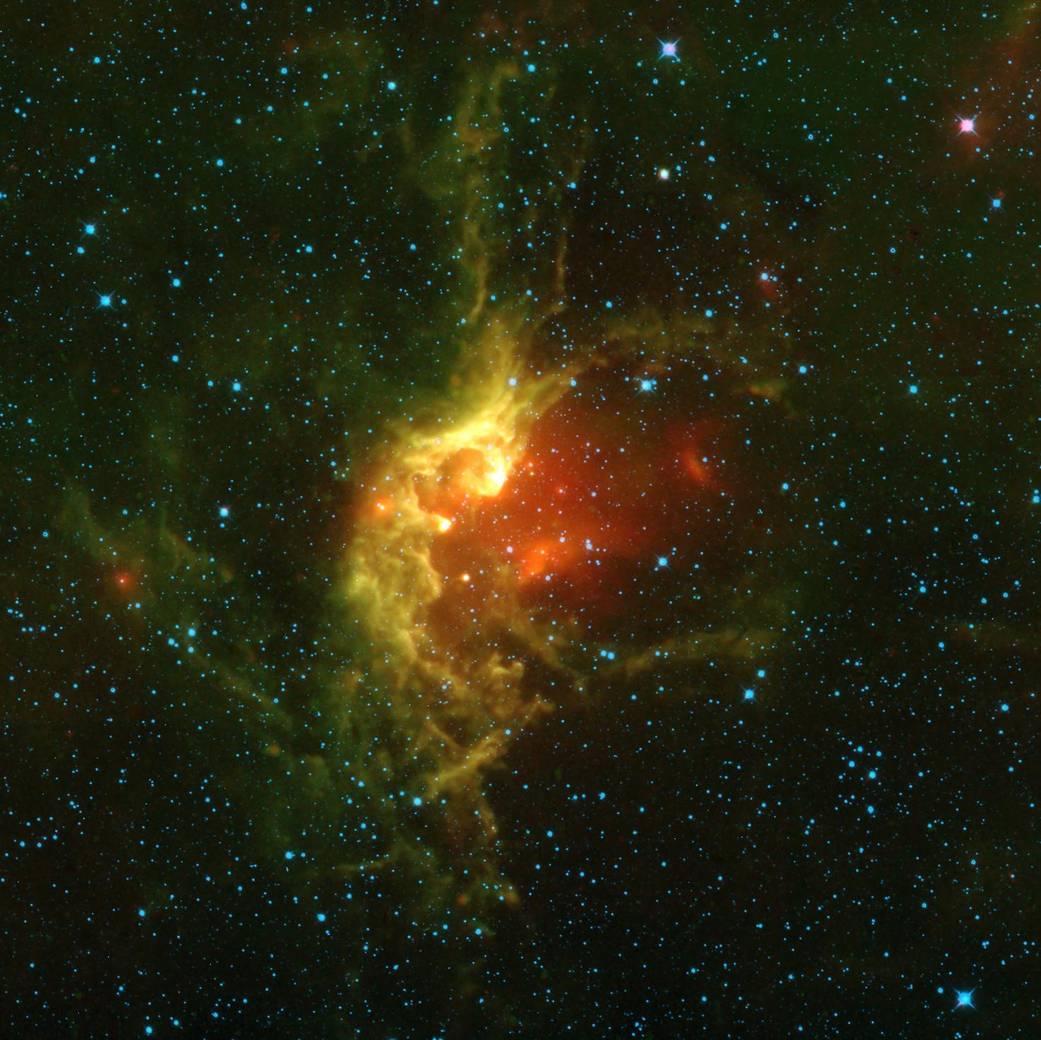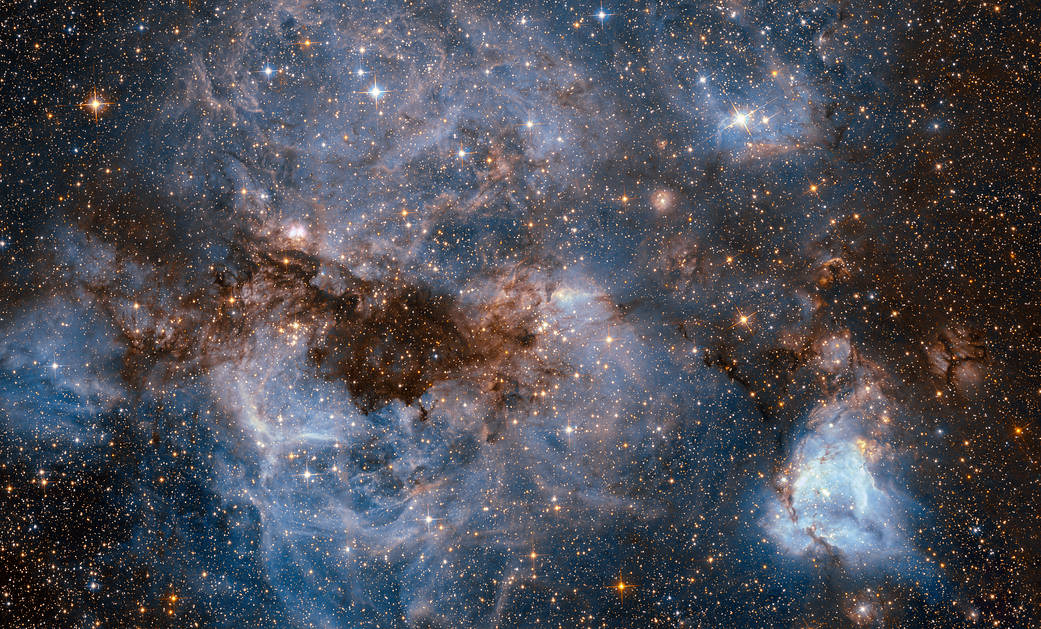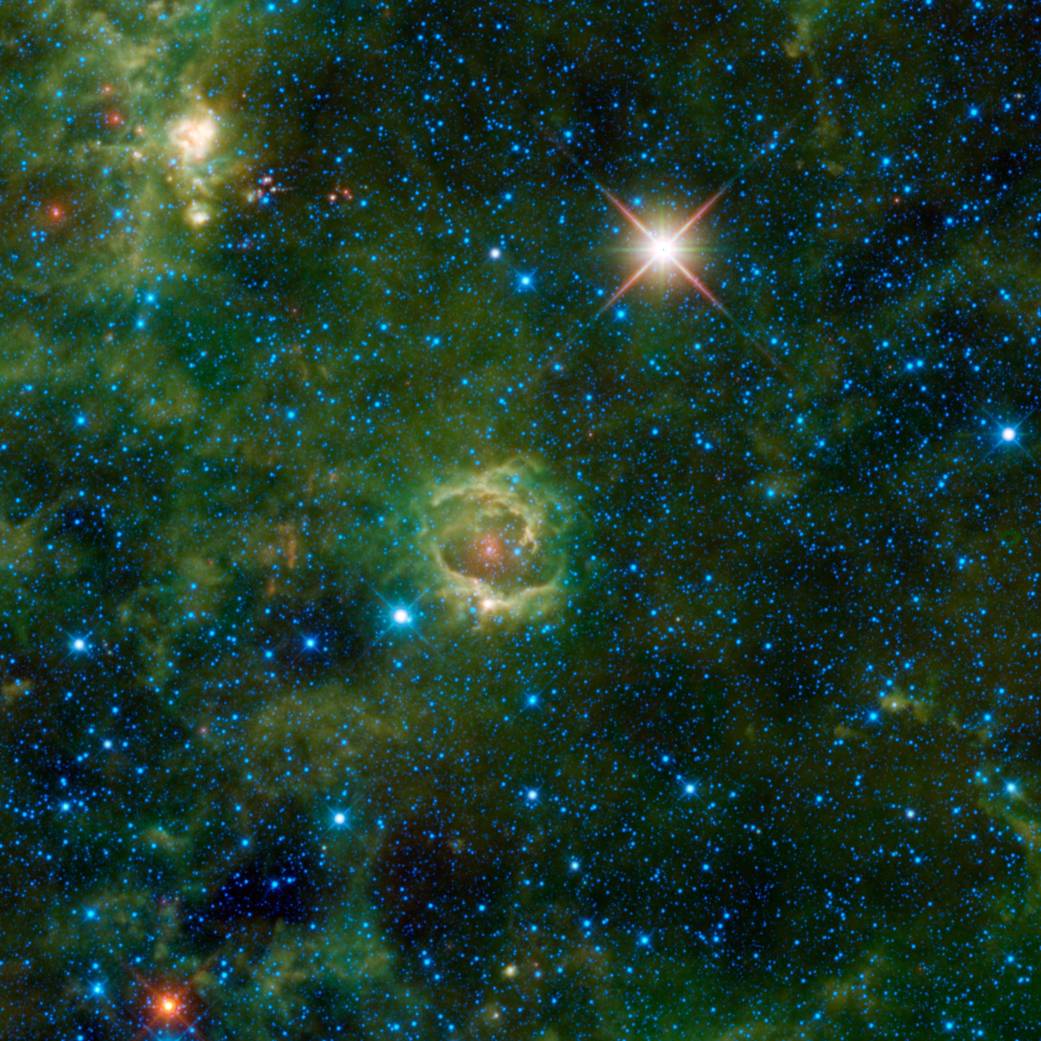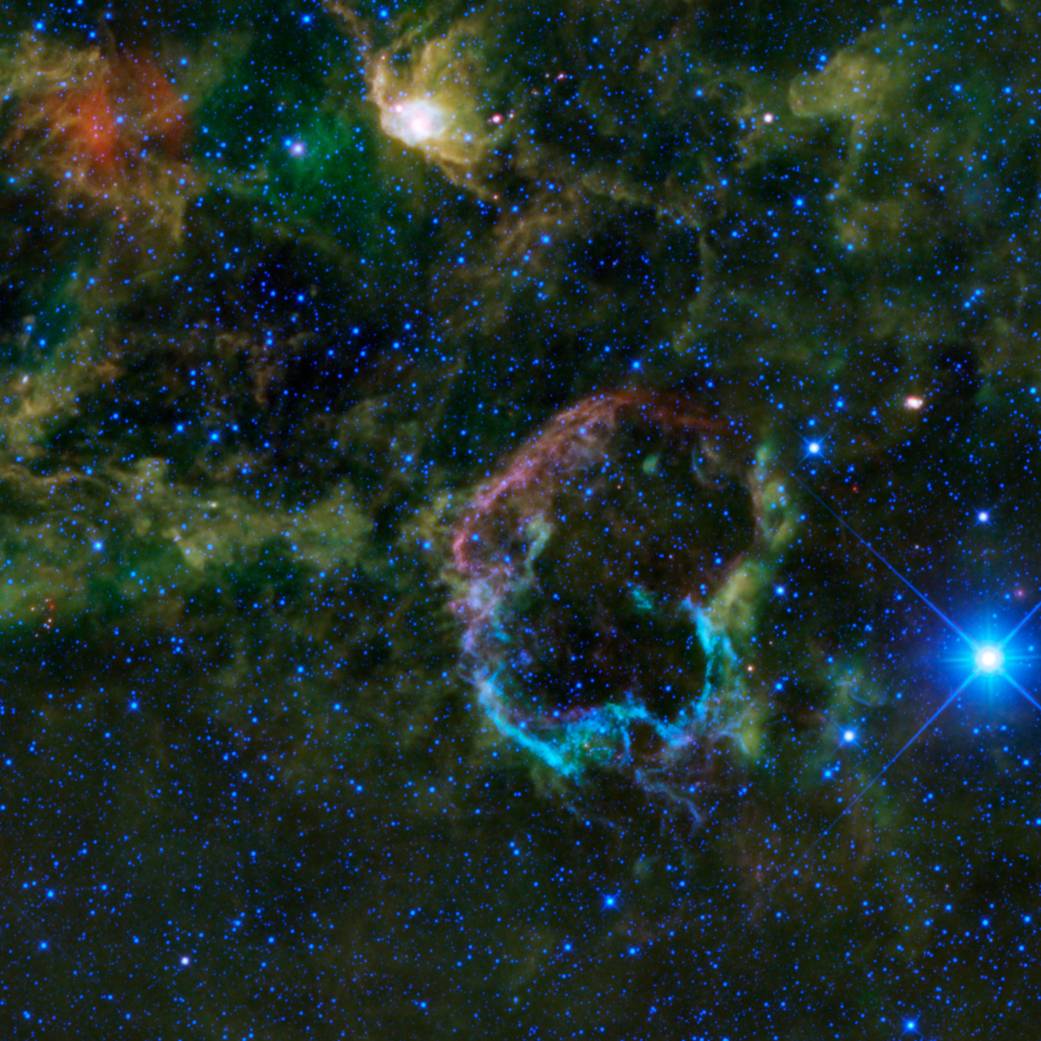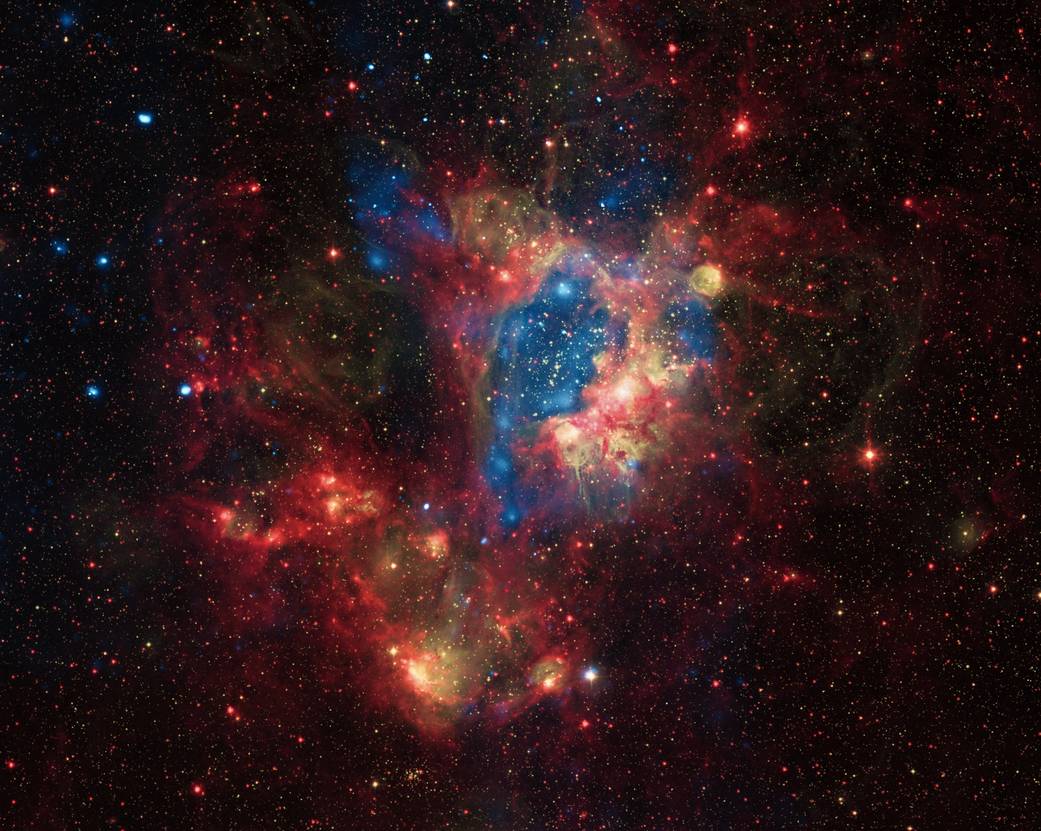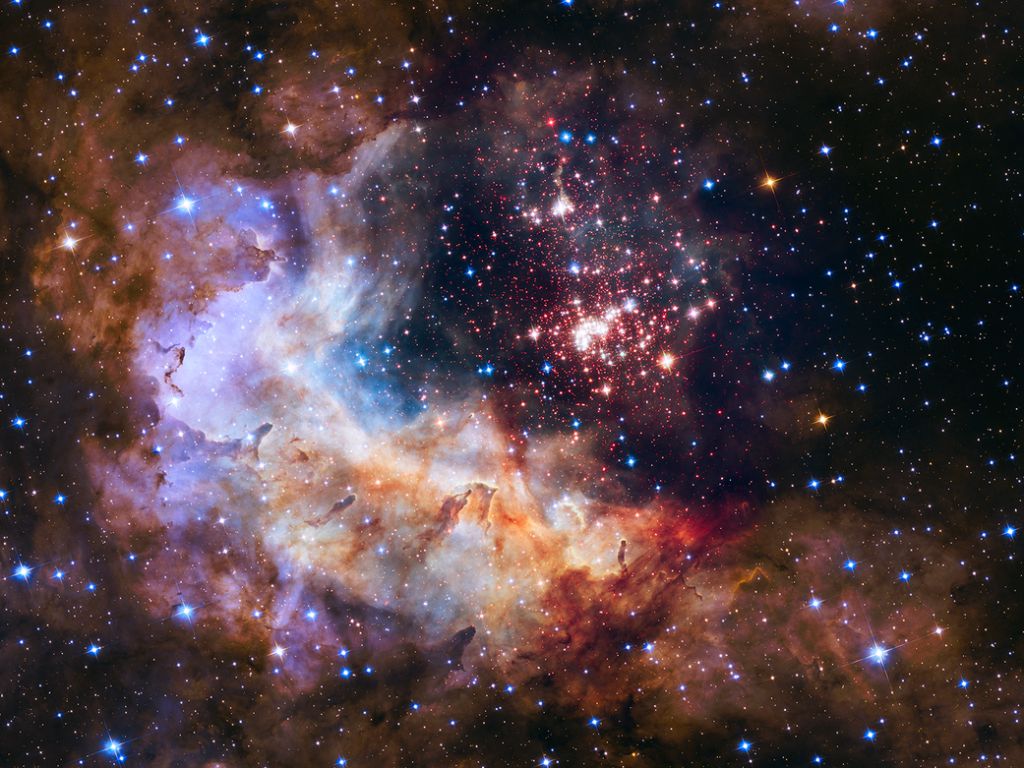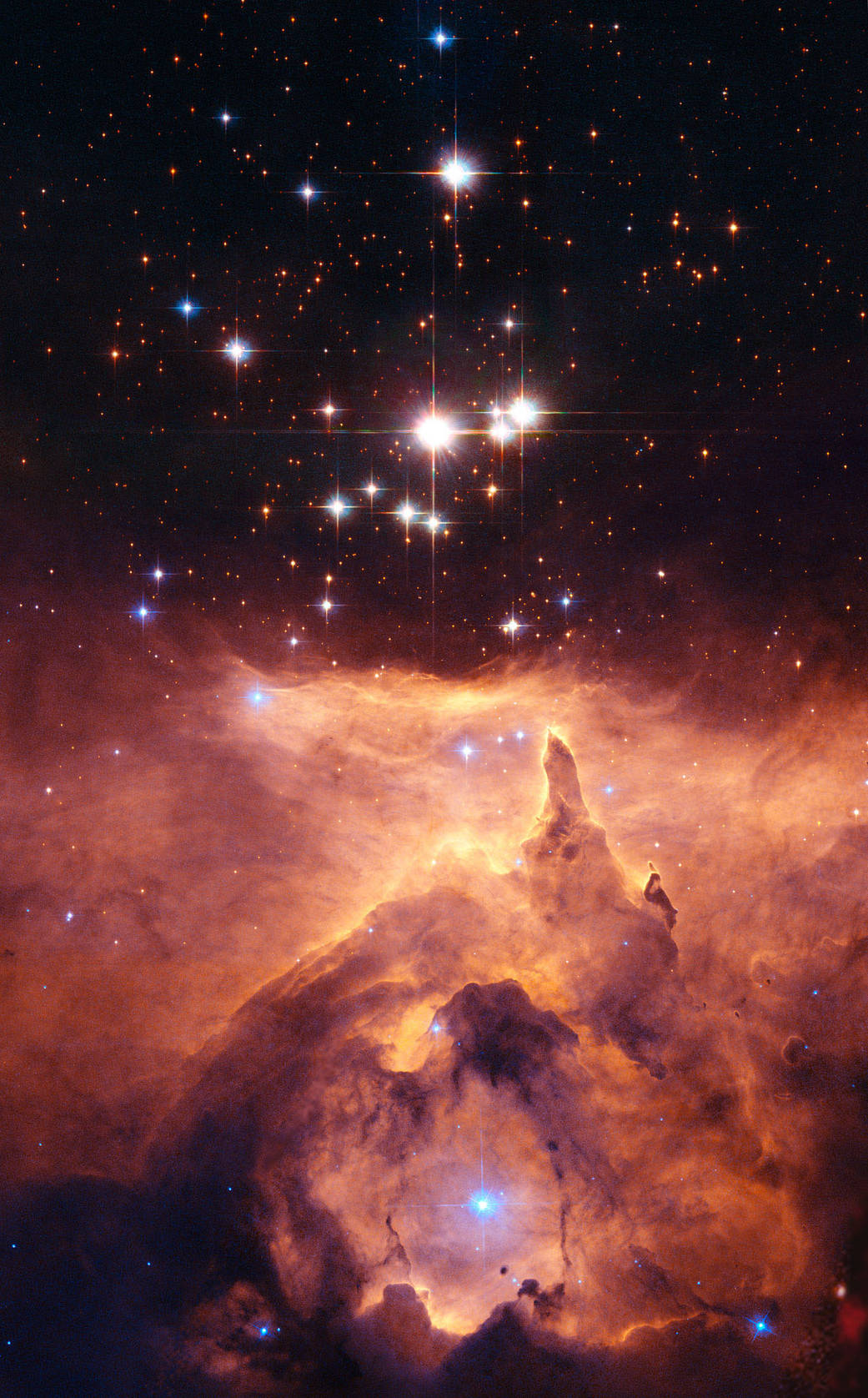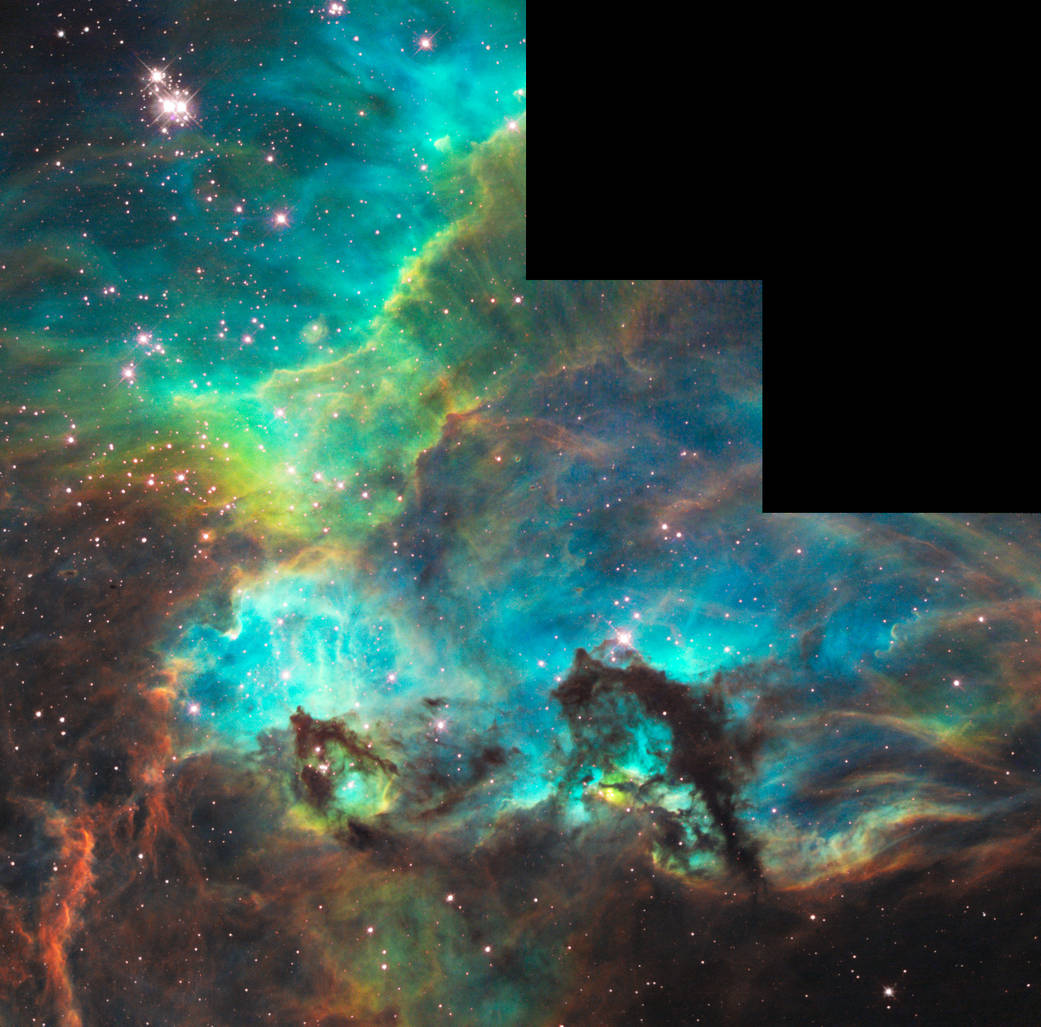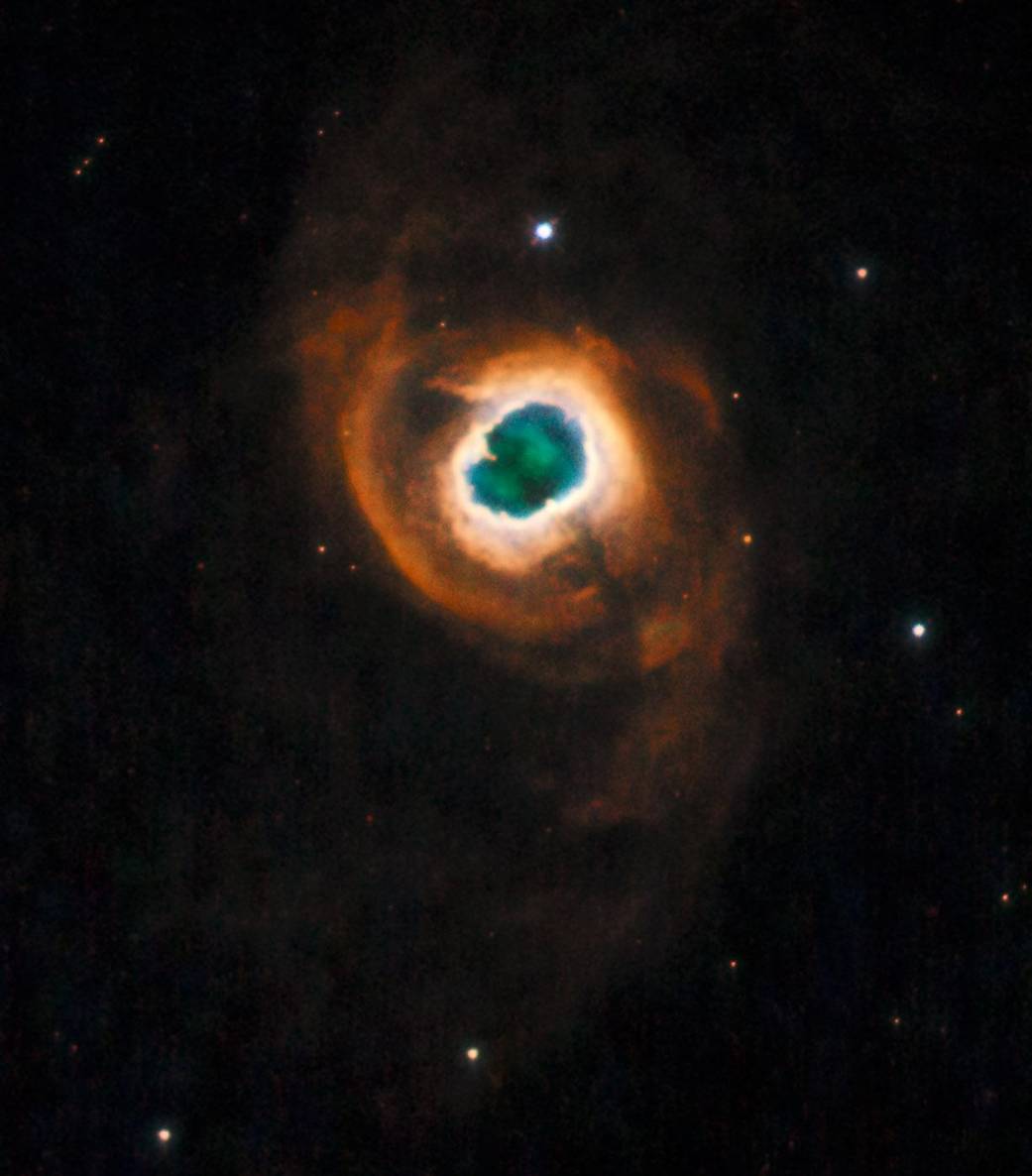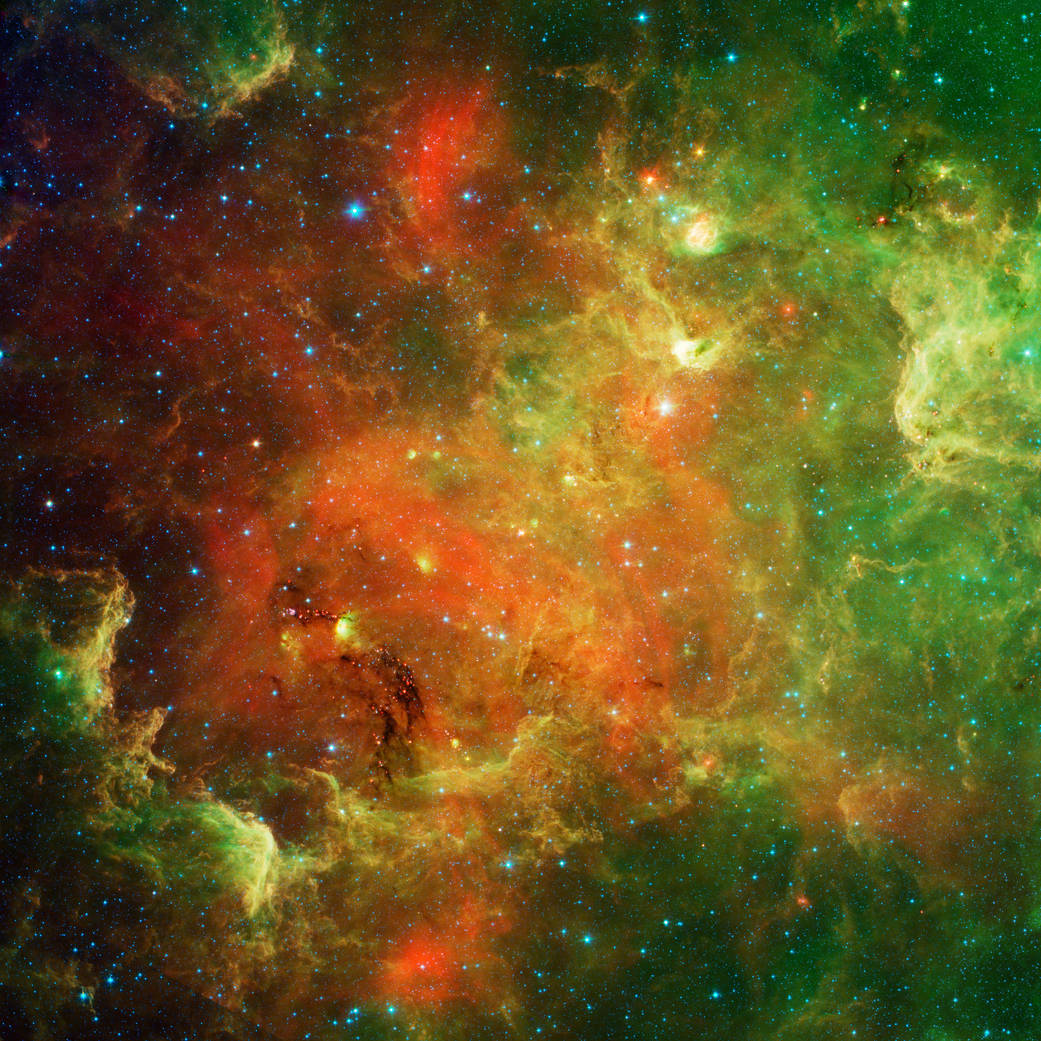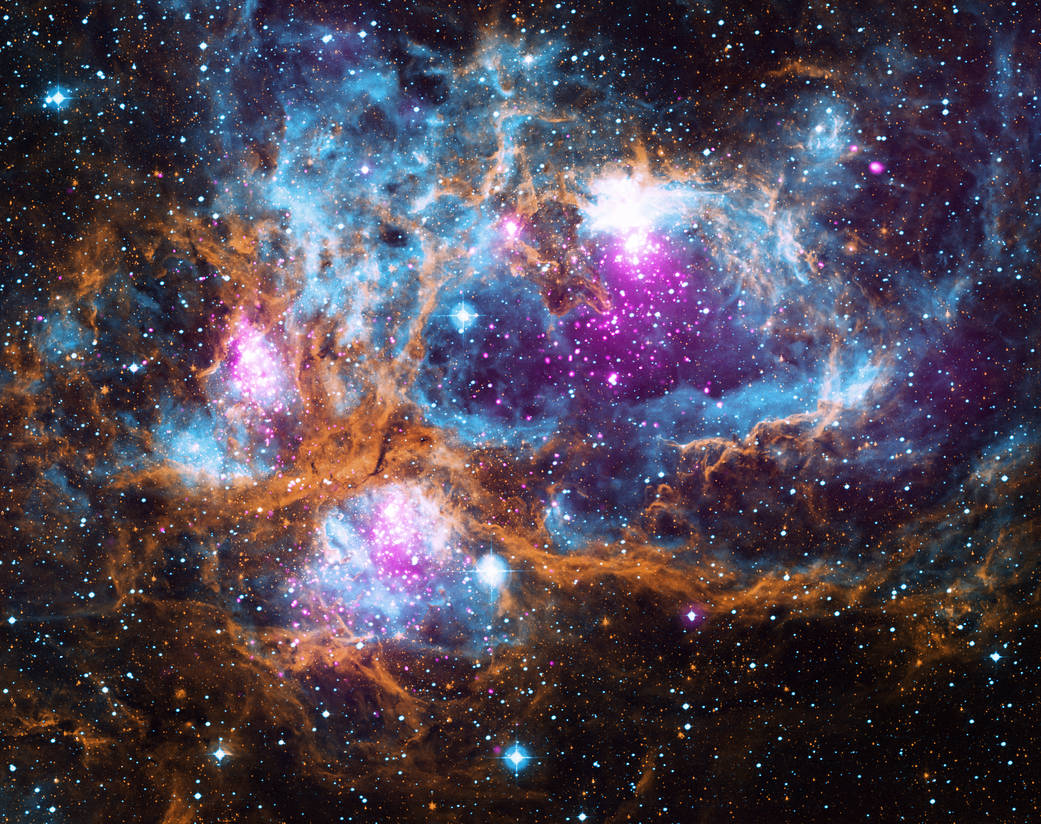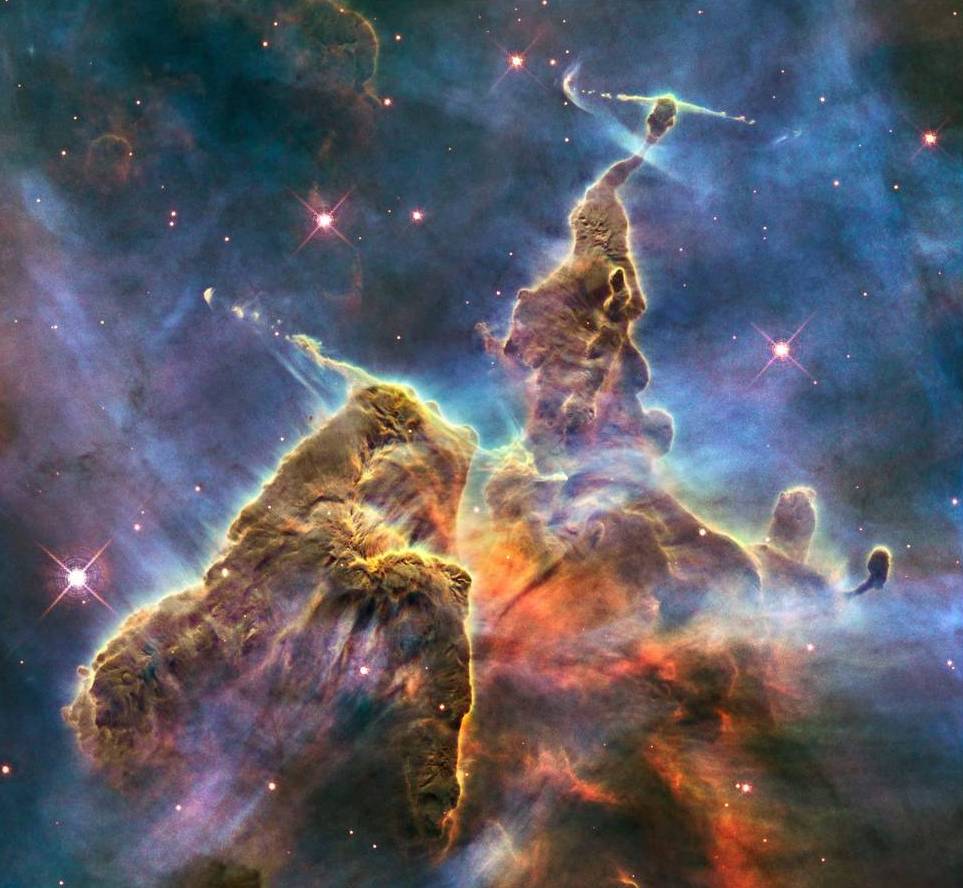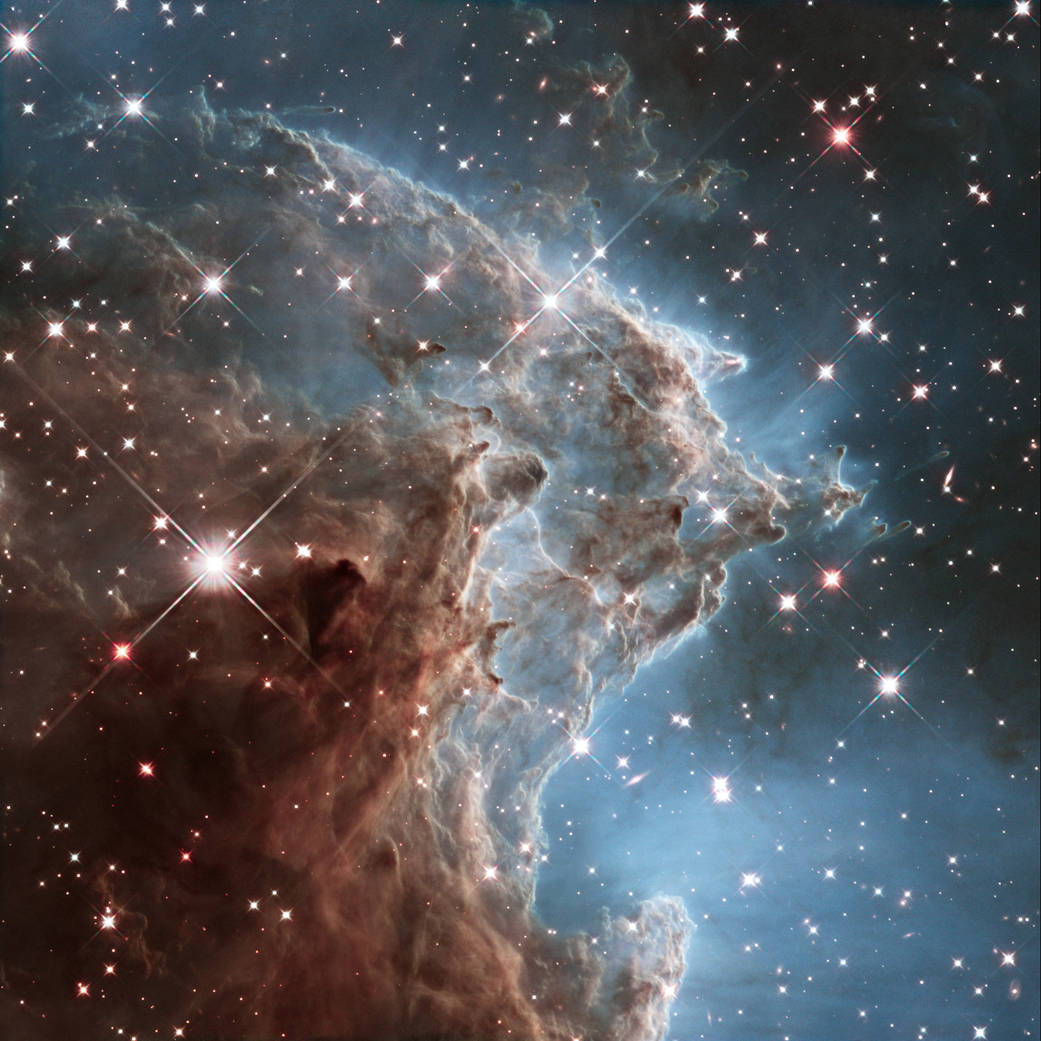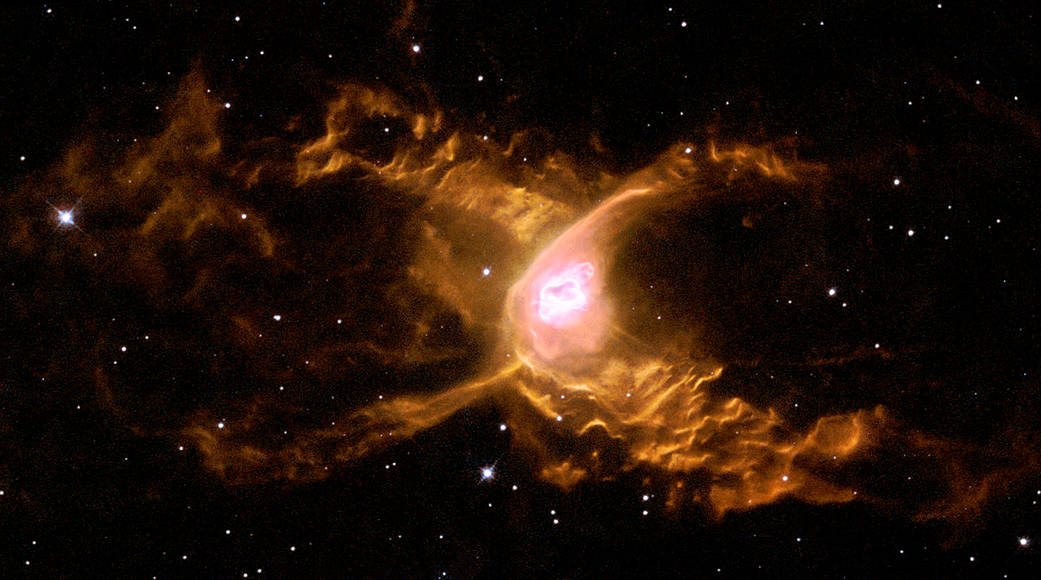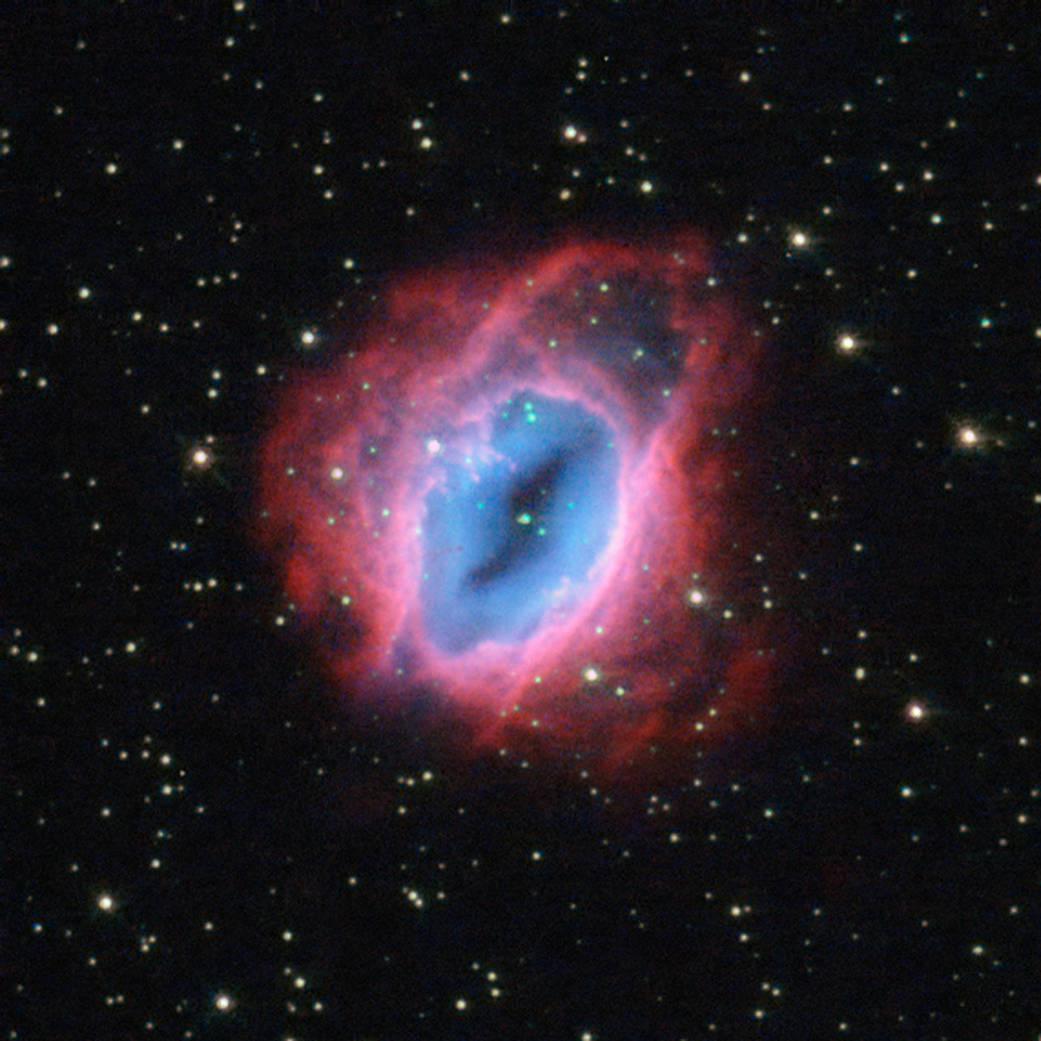Nebulae | Stunning Interstellar Clouds Of Dust & Gas!
The Galaxies' Clouds!
Images of nebulae are among the most AWE inspiring pictures that can’t help but make you love space and astronomy! Named appropriately after the Latin word for “cloud”, nebulae are enormous diffuse interstellar clouds of dust, ions and gas located throughout our Milky Way galaxy. They are the regions where stars are born and some nebulae are even formed when a star dies!
So What Exactly Is A Nebula?
Despite deep space seeming like a vast dark empty vacuum, it is actually full of interstellar dust and gas. The vast majority of which is hydrogen and helium (with dust accounting for about 1%), but it’s dispersed so thinly it’s invisible except when it coalesces, by gravity, to form truly massive clouds. These clouds are still less dense than the best vacuum we can produce on Earth though!
Some nebula can measure hundreds of light years across, dwarfing our solar system, and are the nurseries where newborn stars are created. Other nebulae are the spectacular clouds of dust and gas which result from dying stars!
Until the early 20th century the Milky Way galaxy was believed to be the entire universe, with astronomers and scientist believing the ‘spiral looking nebula’ to be just a different type of nebula when in fact they were entire galaxies of their own!
How Are These Enormous Clouds Of Gas And Dust Formed?
How a nebula is formed depends upon what type of nebula it is! Some form from the small amounts of gas that floats about in interstellar space, while other types of nebulae are produced by dying stars!
When the tiny amounts of interstellar gas, in the near vacuum of space, begin to coalesce via gravity it can go on to form a large cloud of molecular gas. If regions of the molecular cloud become dense enough, those regions may collapse (under its own weight) to form new stars!
Nebulae which are formed by stars fall into two types; planetary nebular and supernova remnant nebula. Planetary nebulae form when a star sheds its outer gaseous layers as a low mass star gets older and expands, while the supernova remnant nebula forms from the material blasted into space from the supernova explosion!
How Many Different Types Of Nebula Are There?
There are four main types of nebula based on how they form and their characteristics.
- Diffuse Nebulae; in reality, most nebulae could be described as diffuse, as like some of Earth’s clouds, diffuse nebulae don’t really have a well-defined boundary! Depending on how we can see them, diffuse nebula are subdivided into two types;
- The diffuse gas in Emission Nebulae is excited (usually the hydrogen gas) and emits a faint visible light. Cool examples of star-forming emission nebulae are the Orion, Eagle and Omega Nebula!
- Whereas Reflection Nebulae are diffuse nebulae which are visible because they reflect light from nearby bright stars just as particles floating in the air are visible in a bright torch beam!
- Dark Nebulae; these nebulae are similar to diffuse nebulae, but instead of emitting or reflecting light, they block it from stars behind them! Have you seen the dark patches in the Milky Way where there seems to be no stars? Well, these areas are caused by dark nebulae!
- Supernova Remnant Nebulae; one stunning type of nebula forms from the supernova explosion which occurs when a large star dies. The gases and ionized particles blasted into space produces dramatic, often ‘bubble-like’, nebula. A supernova that was observed in the year 1054 created the Crab Nebula which is illuminated by the neutron star left in its centre!
- Planetary Nebulae; these are another spectacular type of nebula which forms when a low mass star ages and its outer layers expand and drift away from the star. Our own star, the Sun, will one day expand and form a planetary nebula, but don’t worry it won’t happen for billions of years! The Cat's Eye Nebula and Oyster Nebula are some spectacular examples! Check them out below!
